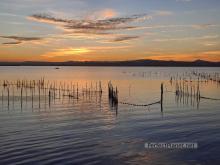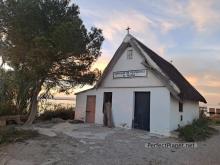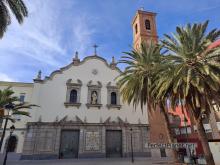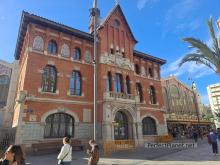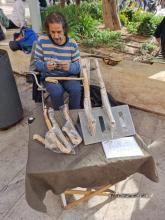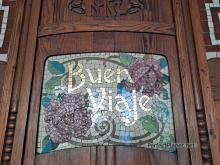Three days in Valencia what to see and do
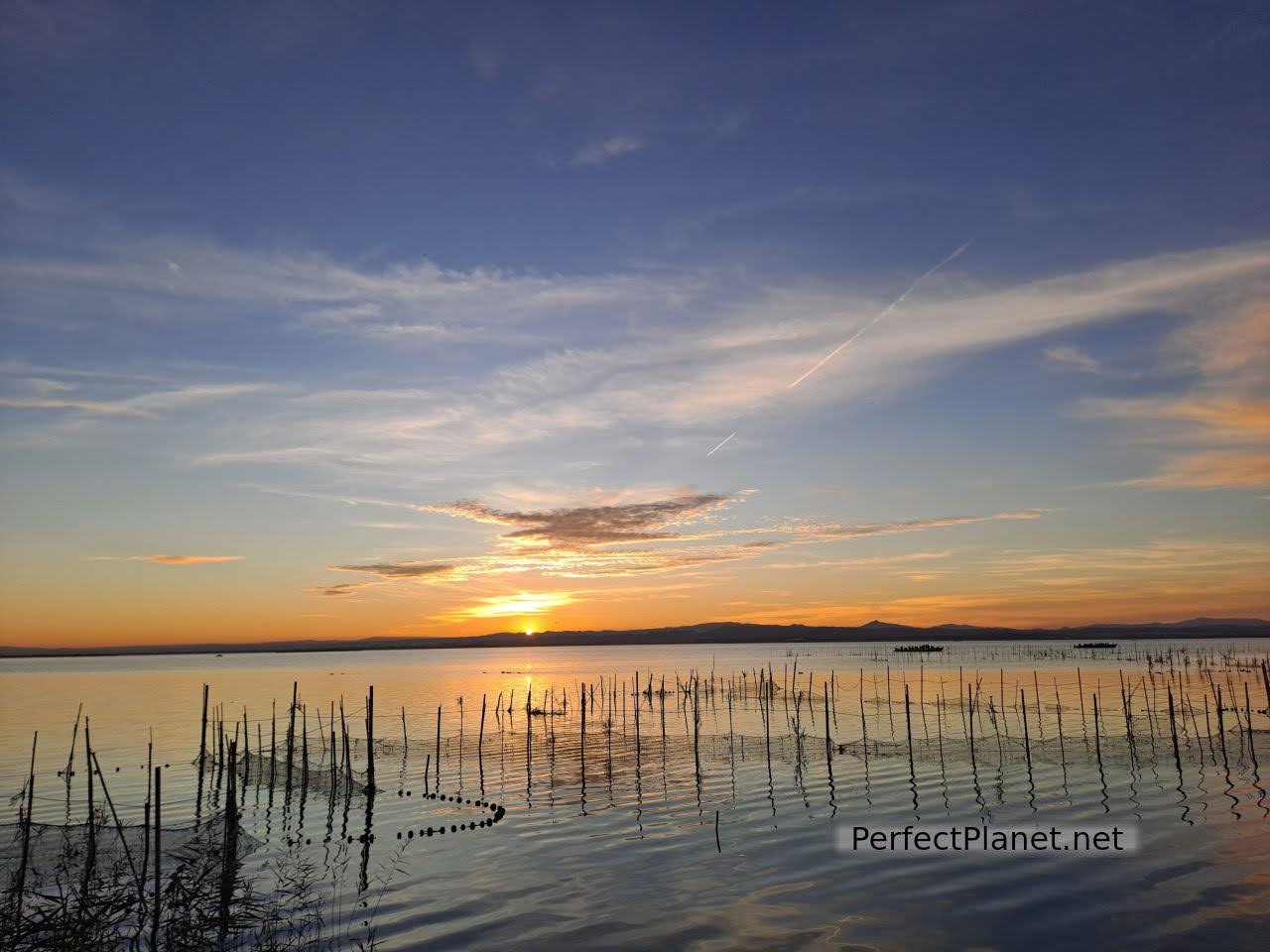
Albufera
You may be interested in Where to eat in Valencia
Day 1
Free Tour through the centre of Valencia visiting the most emblematic buildings of the city centre such as the Lonja de la Seda, the Central Market, the Serranos Tower or the Ceramics Museum. We did it with the company Paraguas Rojos, the tour lasts an hour and a half and you pay as you wish.
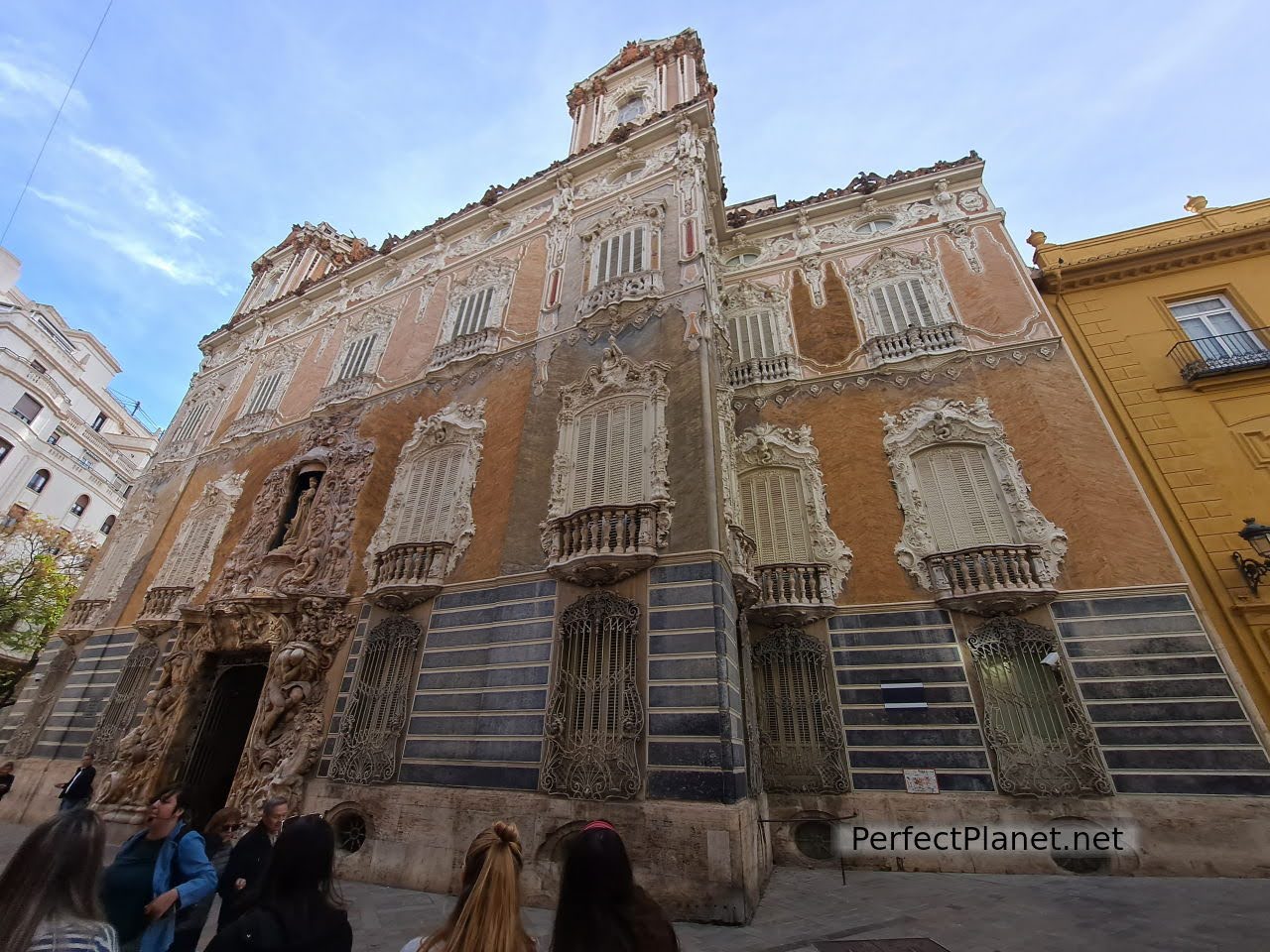
Ceramics Museum
The Free Tours are always interesting and you discover little secrets about the city you are visiting, such as the fact that the container that we mistakenly call a paella pan is actually also called a paella.
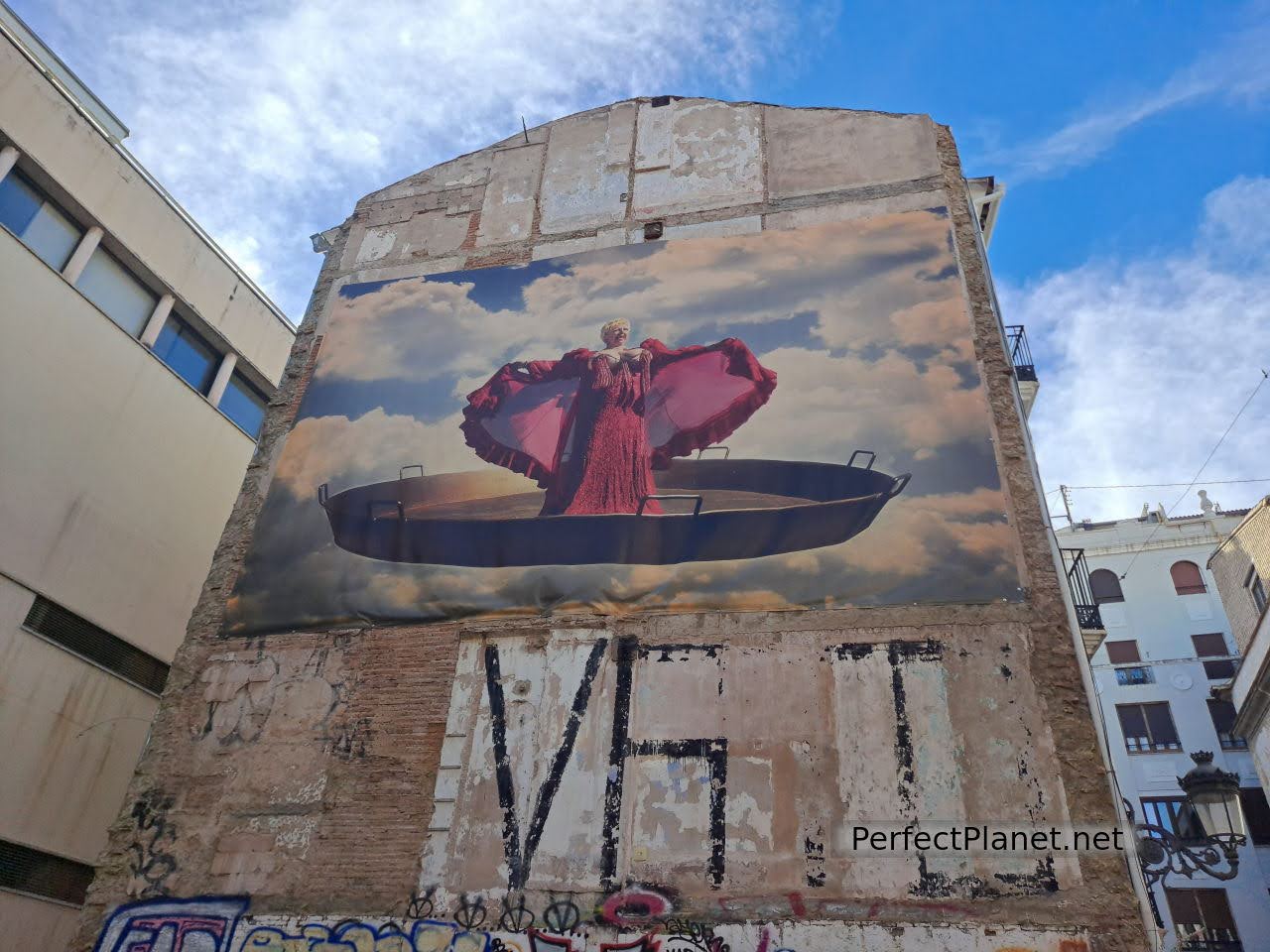
Paella wall mural
Central Market
This spectacular modernist building from 1914 houses one of the city's main markets where you can find everything from garden produce to a wide variety of meat and fish. It is considered the largest fresh produce market in Europe.
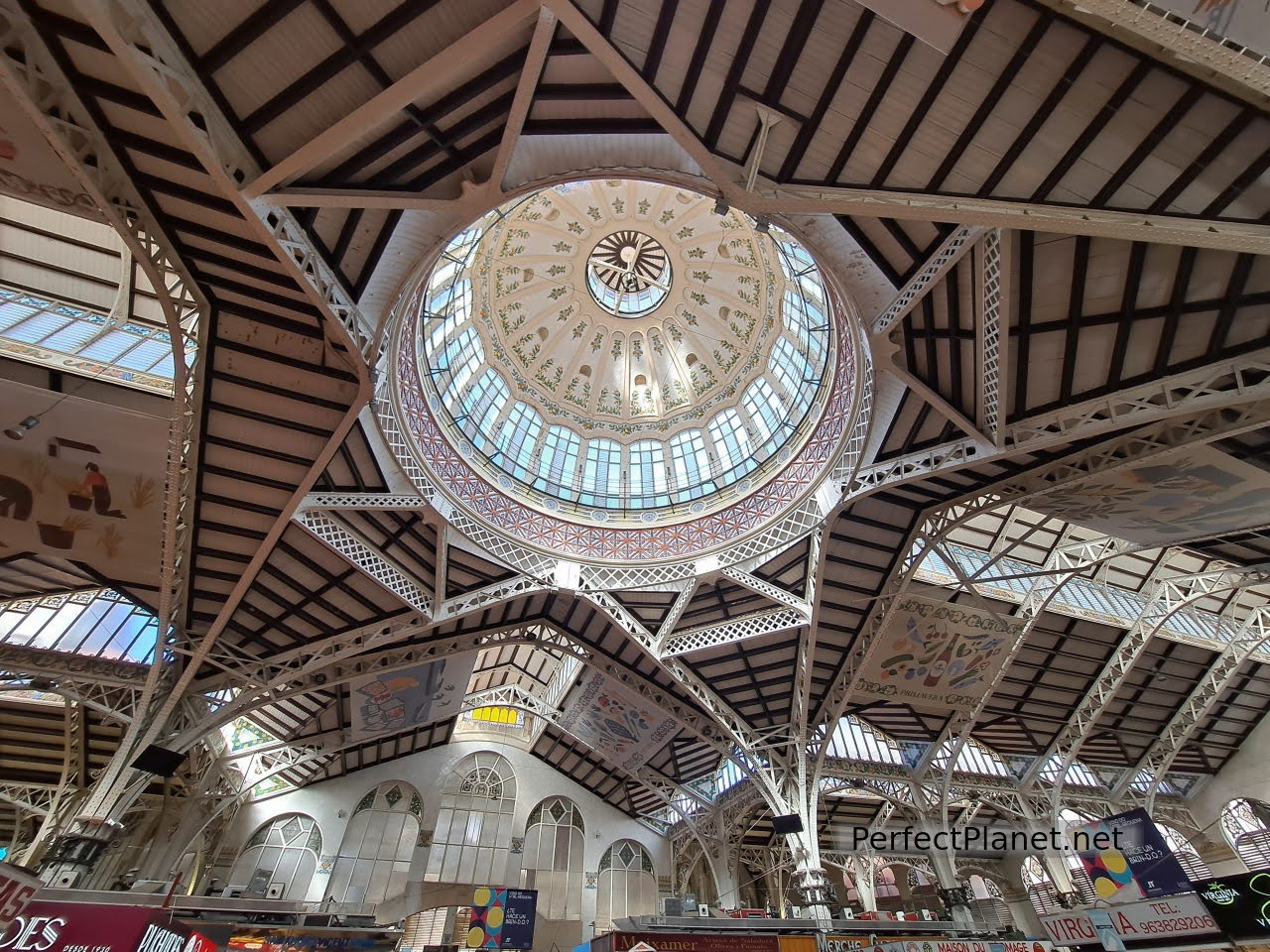
Central Market
Its construction, based on materials such as iron, glass and ceramics, features a central dome almost 30 metres high crowned by two weather vanes, known as the Cotorra and the Pez.
It is very busy every day, so even if you are not interested in buying anything, it is well worth a visit and a few hours of your time. It is located opposite the Lonja de la Seda (Silk Exchange). Opening hours from Monday to Saturday from 8am to 3pm. Free admission.
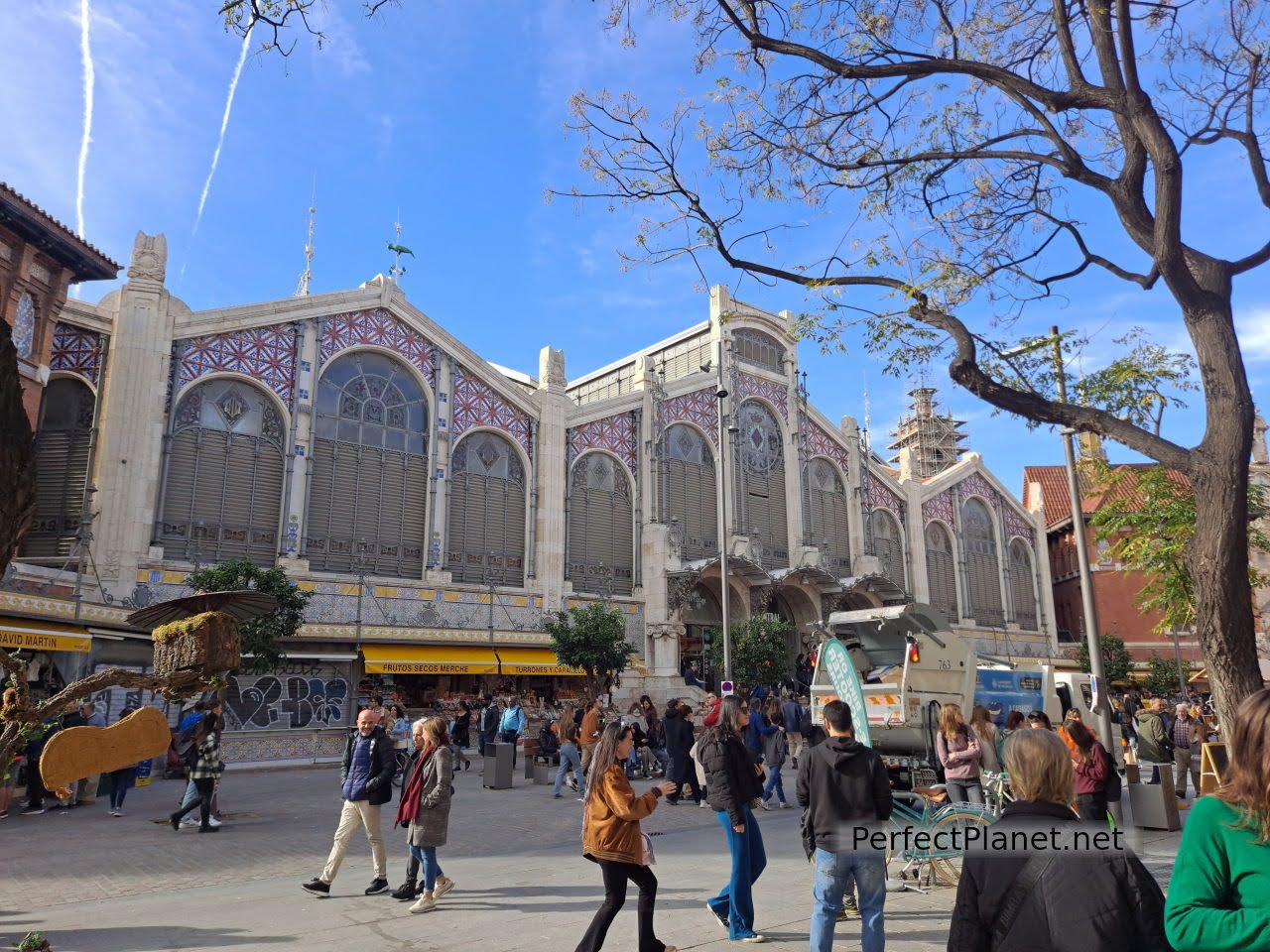
Central Market
Lonja de la Seda
Spectacular 15th century Gothic civil architecture building declared a World Heritage Site by UNESCO in 1996. Originally dedicated to the silk trade, the Lonja de la Seda or Lonja de los Mercaderes (Silk Exchange or Merchants' Exchange) was used for all kinds of commercial transactions. Thanks to the prosperity of the city at that time, this building became the main headquarters of trade in the area, a sign of the social development and prestige achieved by the Valencian bourgeoisie.
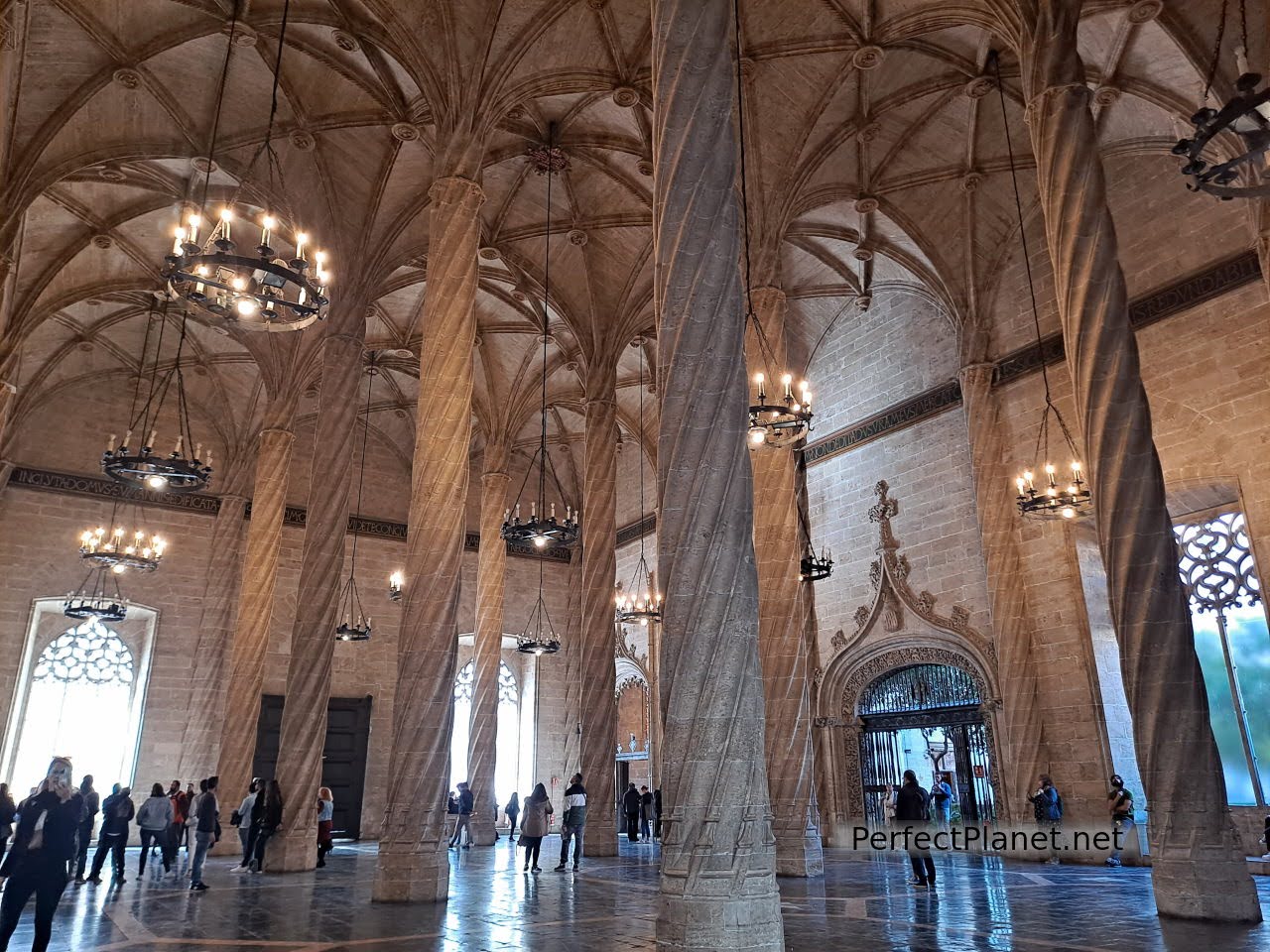
Lonja de la Seda
Three main rooms stand out: the Orange Tree Courtyard, the Contracting Hall and the Golden Hall. It is worth mentioning the exterior door on the façade of the Market Square whose archivolts are decorated with figures representing the seven deadly sins, in this case greed is symbolised by the figure of a merchant and laziness by that of a snail. There are five more .... we invite you to discover them.
Opening hours: Monday (10am-7pm) to Sunday (10am-2pm). Free admission.
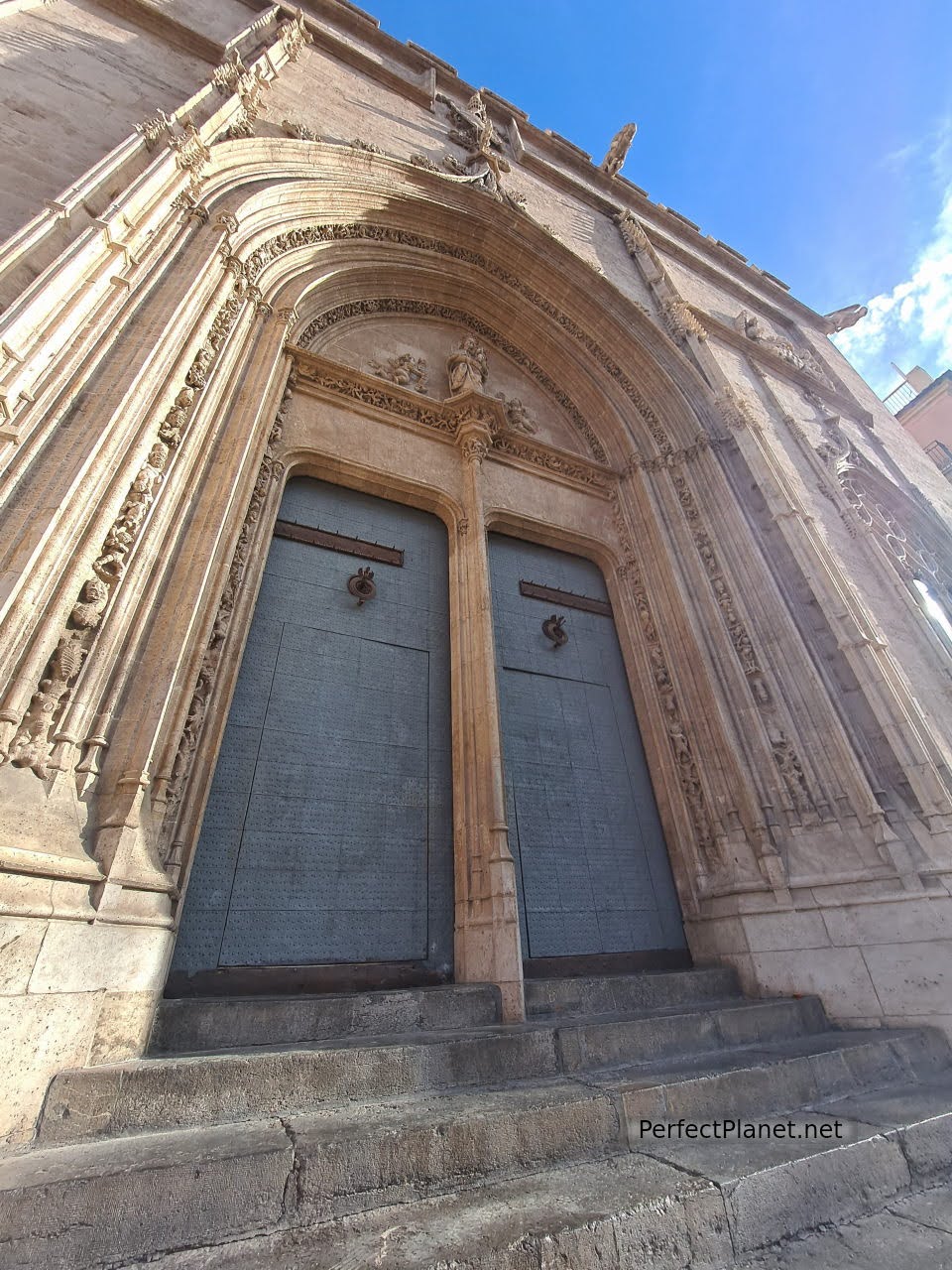
Lonja de la Seda
Santos Juanes Church
It is said that this 13th-century church with a Gothic base and Baroque reconstruction was originally a mosque. Also known as the church of Sant Joan del Mercat or Sant Joan de la Boatella, it has a central nave surrounded by seven side chapels. On the outside, its four façades stand out, with the Market façade (at the back) being the most curious, as religious artistic performances were held on the terrace that overlooked the square.
Visiting hours: Tuesday to Saturday from 10 am to 7 pm, Monday from 10 am to 2 pm. Admission 7€.

Santos Juanes
Cathedral
The Cathedral of Valencia is located in the Plaza de la Virgen next to the Basilica de la Virgen de los Desamparados in the heart of the city. This 13th century building was built on the site of a former mosque and is dedicated to James I the Conqueror. It is mainly Gothic in style, although it also combines other styles such as Baroque and Neoclassical.
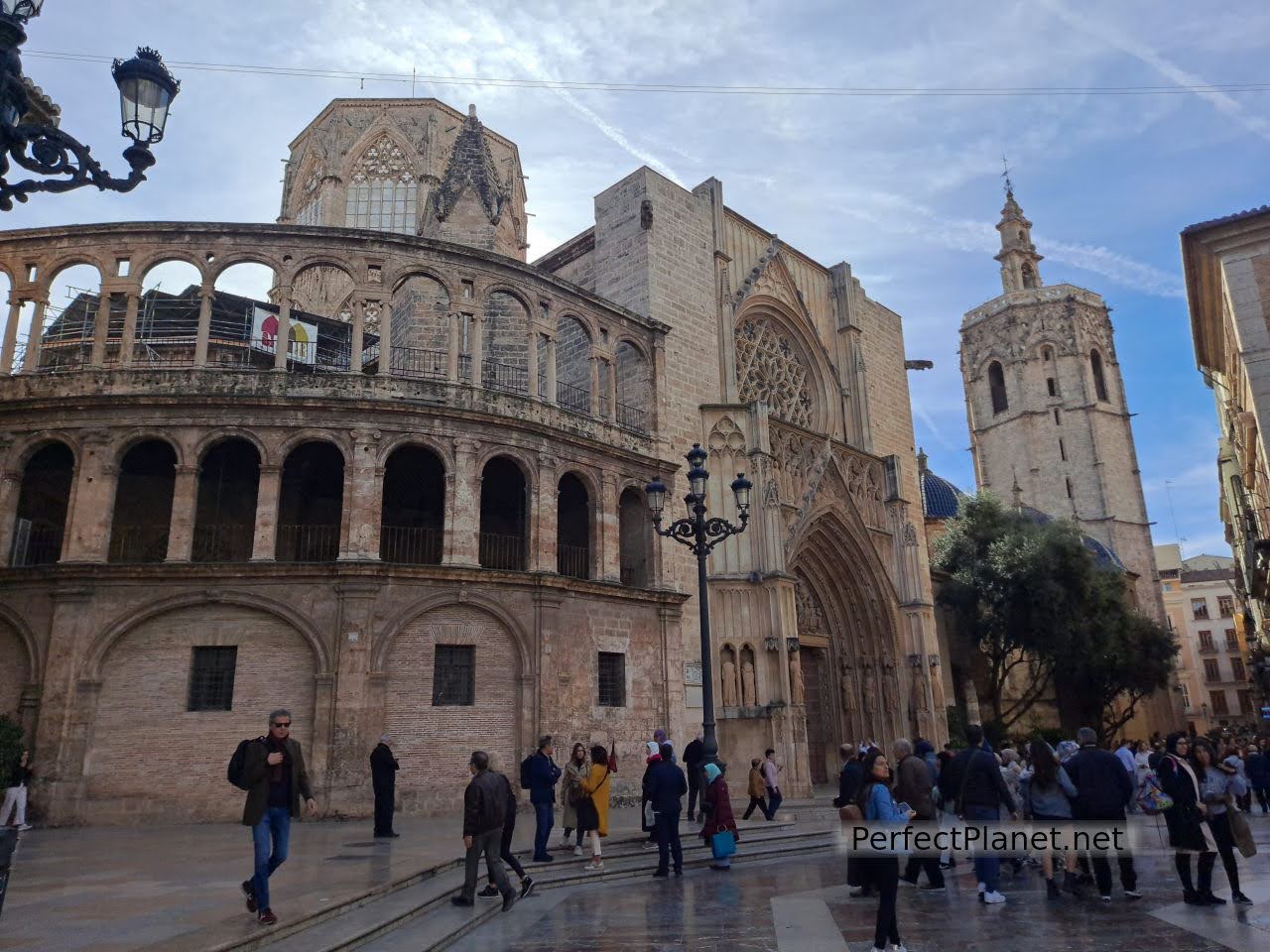
Cathedral
One of its main attractions is the Miguelete and the 14 Gothic bells (3 in the Cathedral and 11 in the Miguelete) which form one of the most numerous sets of Gothic bells in the country, built between 1305 and 1735.
The Miguelete is the bell tower of the Cathedral. It is more than 50 metres high and offers some of the best views of the city. It is accessed from inside the Cathedral by a spiral staircase with over two hundred steps, but don't be scared, it is well worth the effort.
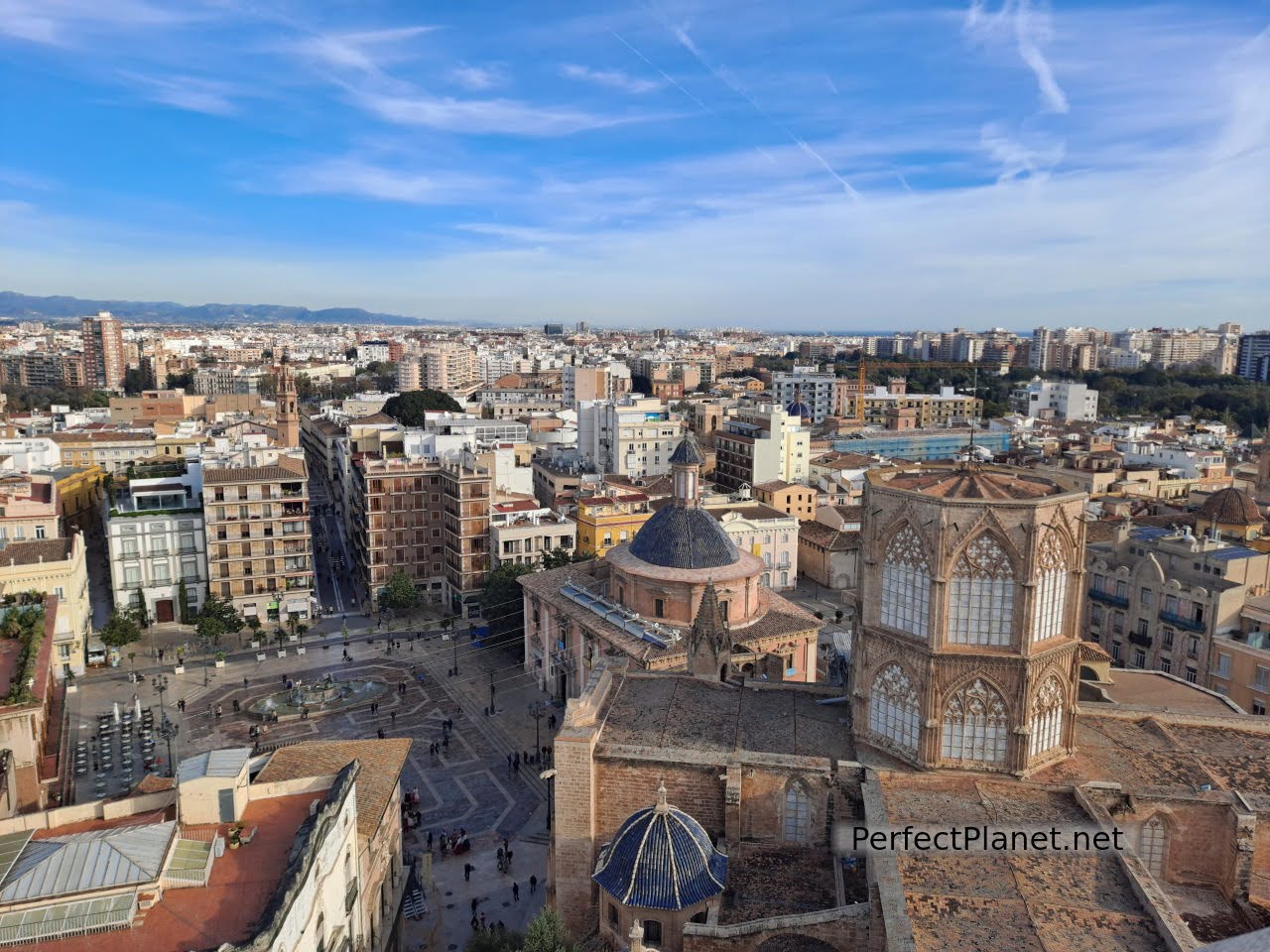
Views from Miguelete
Opening hours from Monday to Saturday from 10.30 am to 6.30 pm and Sundays from 12.30 pm to 6.30 pm. However this may change, please check the following link. Entrance only cathedral 8€/pax, entrance only Miguelete 2€/pax.
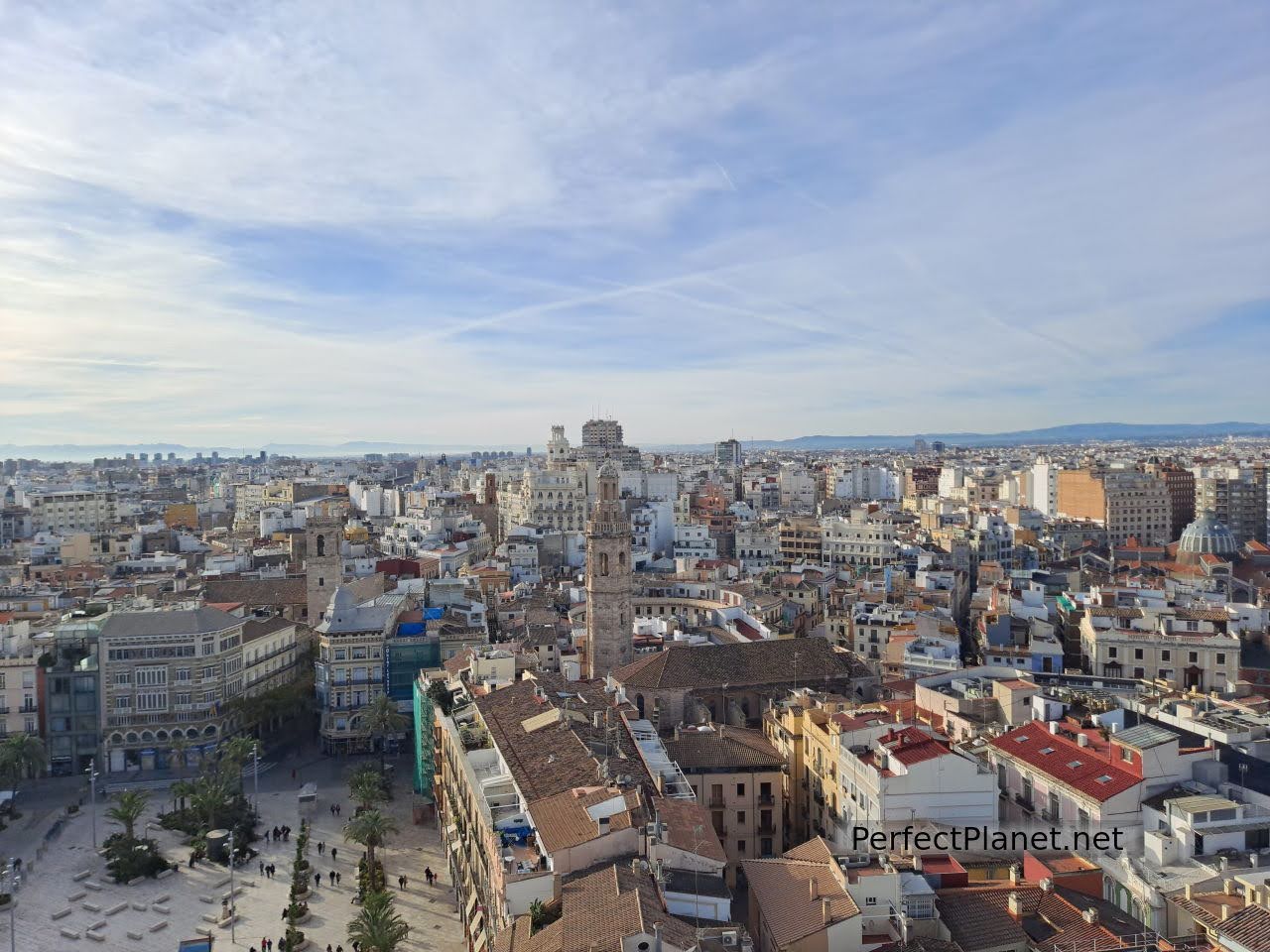
Views from Miguelete
Round square
This curious square near the Church of Santa Catalina was used as a place for small businesses, especially for the sale of meat and fish. Built by Salvador Escrig in 1840, it has four entrances, one at each cardinal point. Nowadays, souvenirs and handicrafts are sold here and although it was remodelled in the first decade of the 2000s, it is well worth a visit.
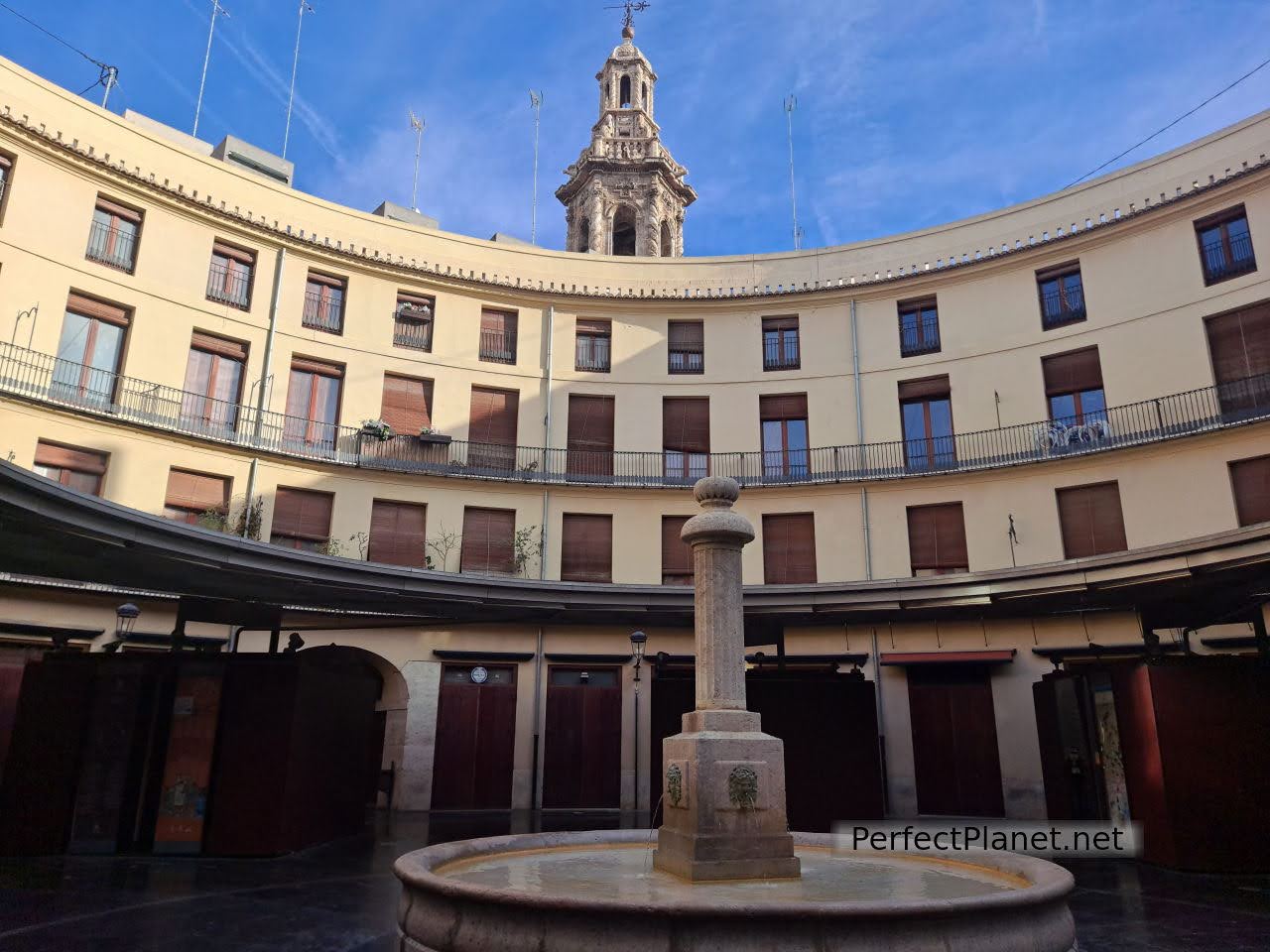
Round square
Santa Catalina Church
This small 13th-century Gothic church is one of the oldest in the city. It is built on the site of a former mosque. Its baroque bell tower stands out and we recommend you to climb it, as the views are exceptional. Free entrance.
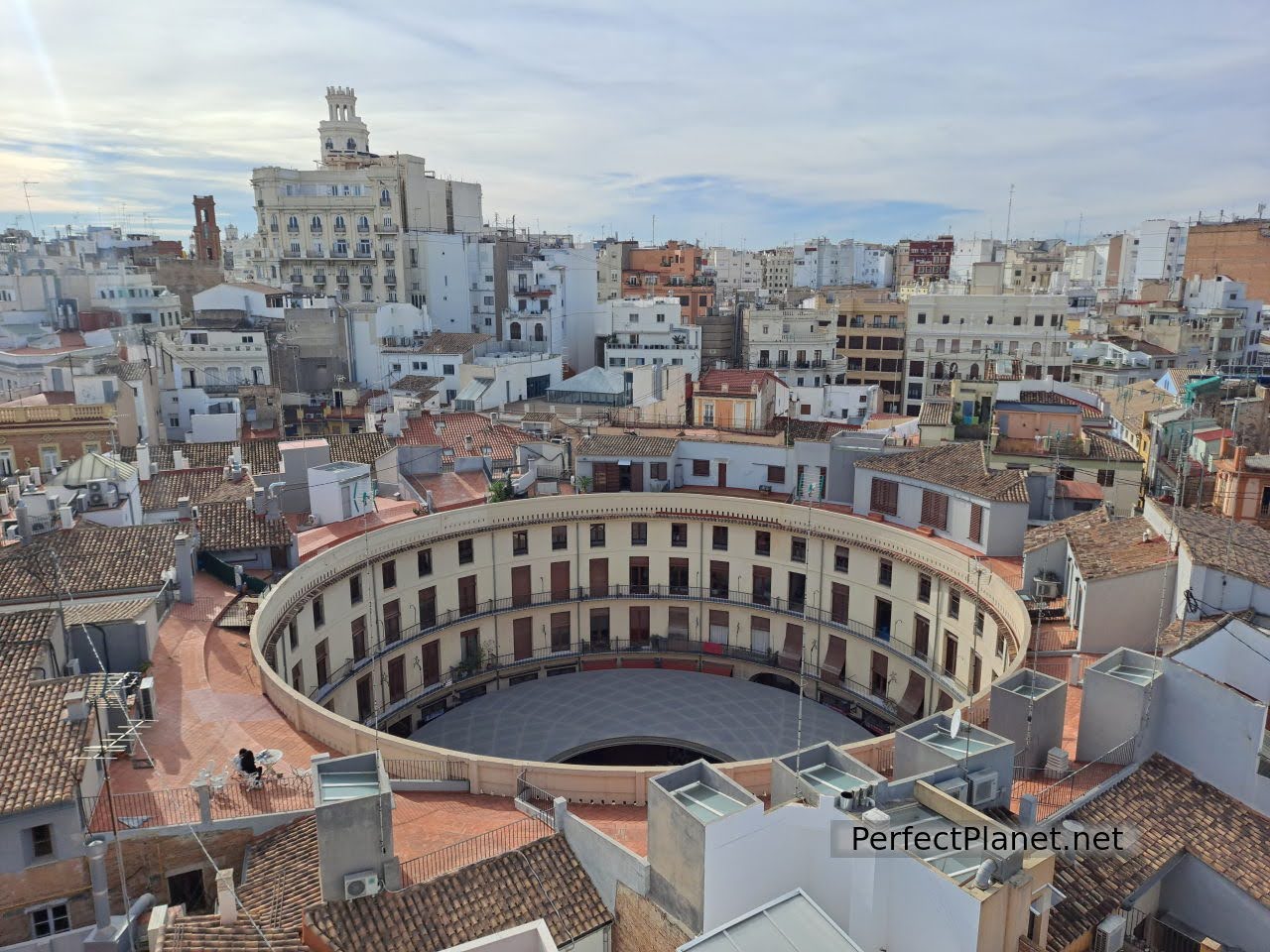
Views from Santa Catalina Tower
San Nicolás de Bari church
Known as the Valencian "Sistine Chapel", the church of San Nicolás de Bari and San Pedro Mártir is one of the buildings you cannot miss on your visit to Valencia. It dates back to the 13th century, although it underwent subsequent remodelling in the 15th and 18th centuries, when the taste changed from Gothic to Baroque, decorating the vaults with frescoes by Antonio Palomino and Dionís Vidal, which were restored a few years ago.
It is difficult to get in, the public visiting hours are not always respected (open from 10am to 6.30pm from Tuesday to Saturday and Sundays from 1pm to 7pm, closed on Mondays) due to private services, so you will probably have to go more than once to enjoy this Valencian jewel.
If you prefer a guided tour, the timetable is from Tuesday to Sunday at 12 noon, always with previous reservation by calling 96 391 33 17 or writing an email to visita@sannicolasvalencia.com. It lasts about fifty minutes. Admission 9€/pax.
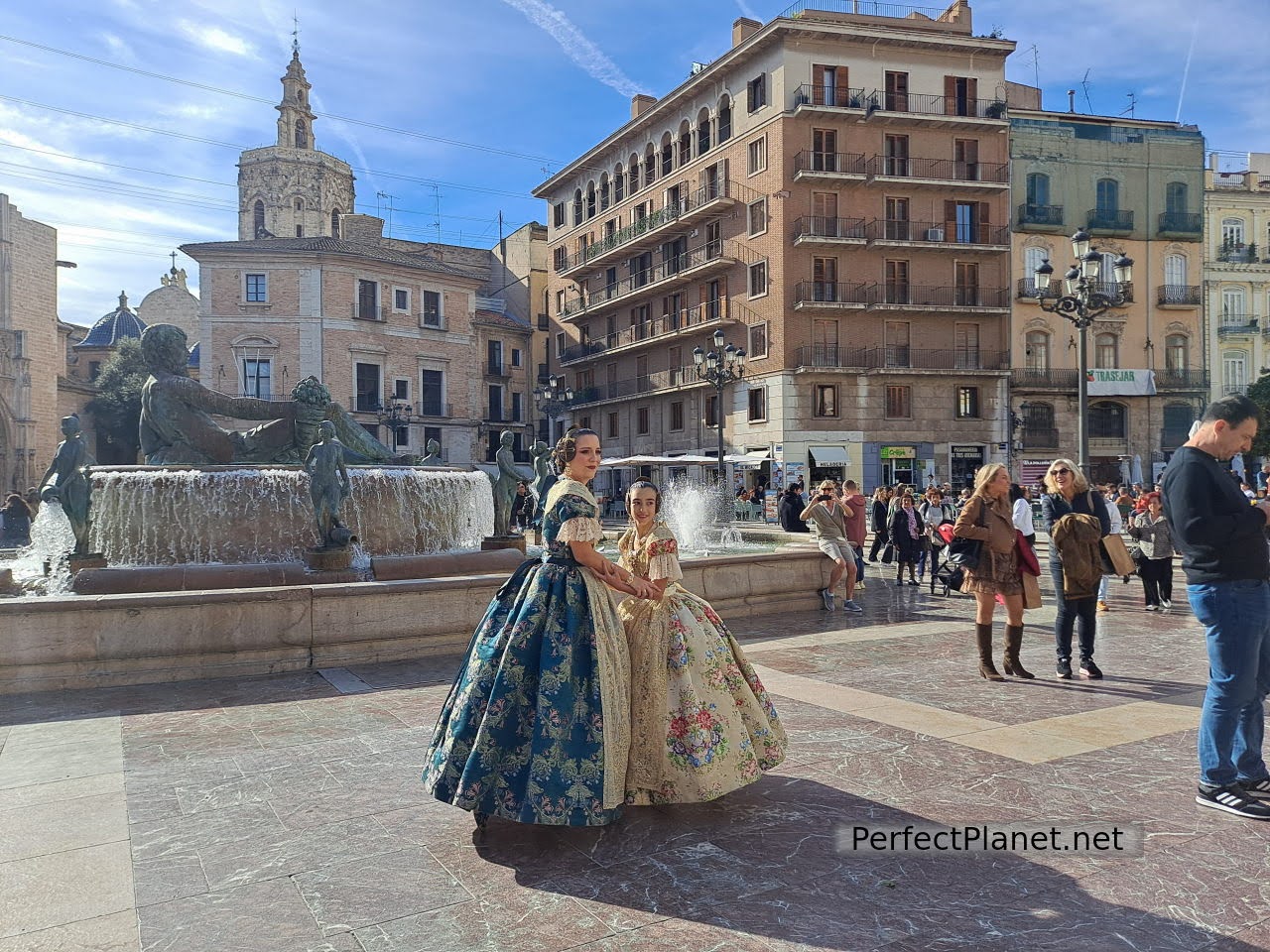
Falleras
Colón Market
One of the treasures of the city of Valencia is the number of modernist buildings it houses. One of them is the spectacular Colón Market. Although nowadays you will only find bars and restaurants with a very varied gastronomic offer (the prices are quite high), it originally served as a supply market for the area. It was built on the site of the old gas factory of the Marquis of Campo and was inaugurated in 1916 thanks to a project by the architect Francisco de Mora, who was heavily influenced by Catalan modernist trends.
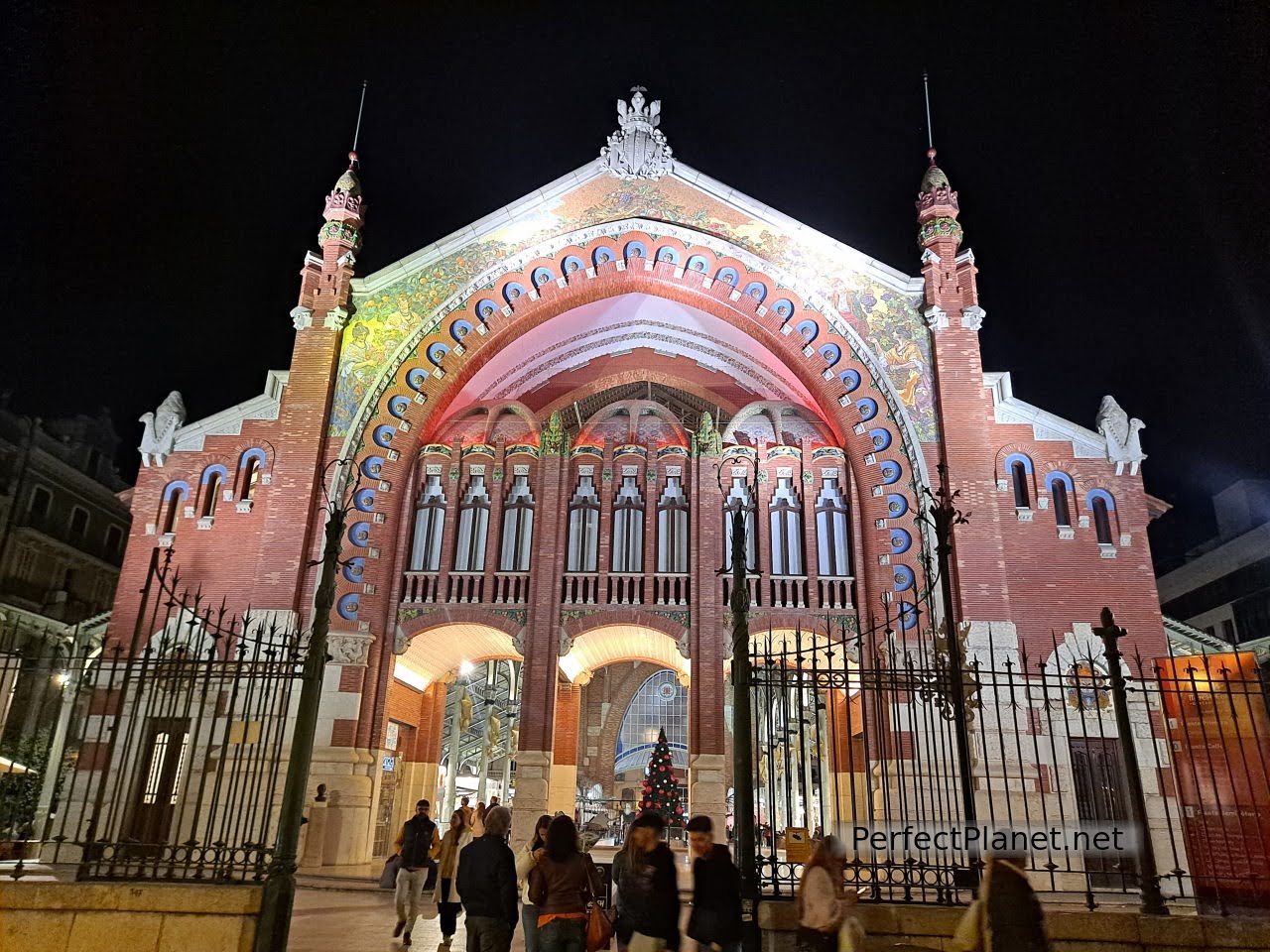
Colón Market
The building is beautiful with details of iron, glass, brick and tile. It is really worth a visit to enjoy the terraces.

Colón Market
North Train Station
Another outstanding modernist building is the North Train Station next to the bullring in Valencia. It was built in 1917 and although its exterior is striking, the real treasure is to be found inside with its mosaic decoration made up of tiles, fine woods and marble.
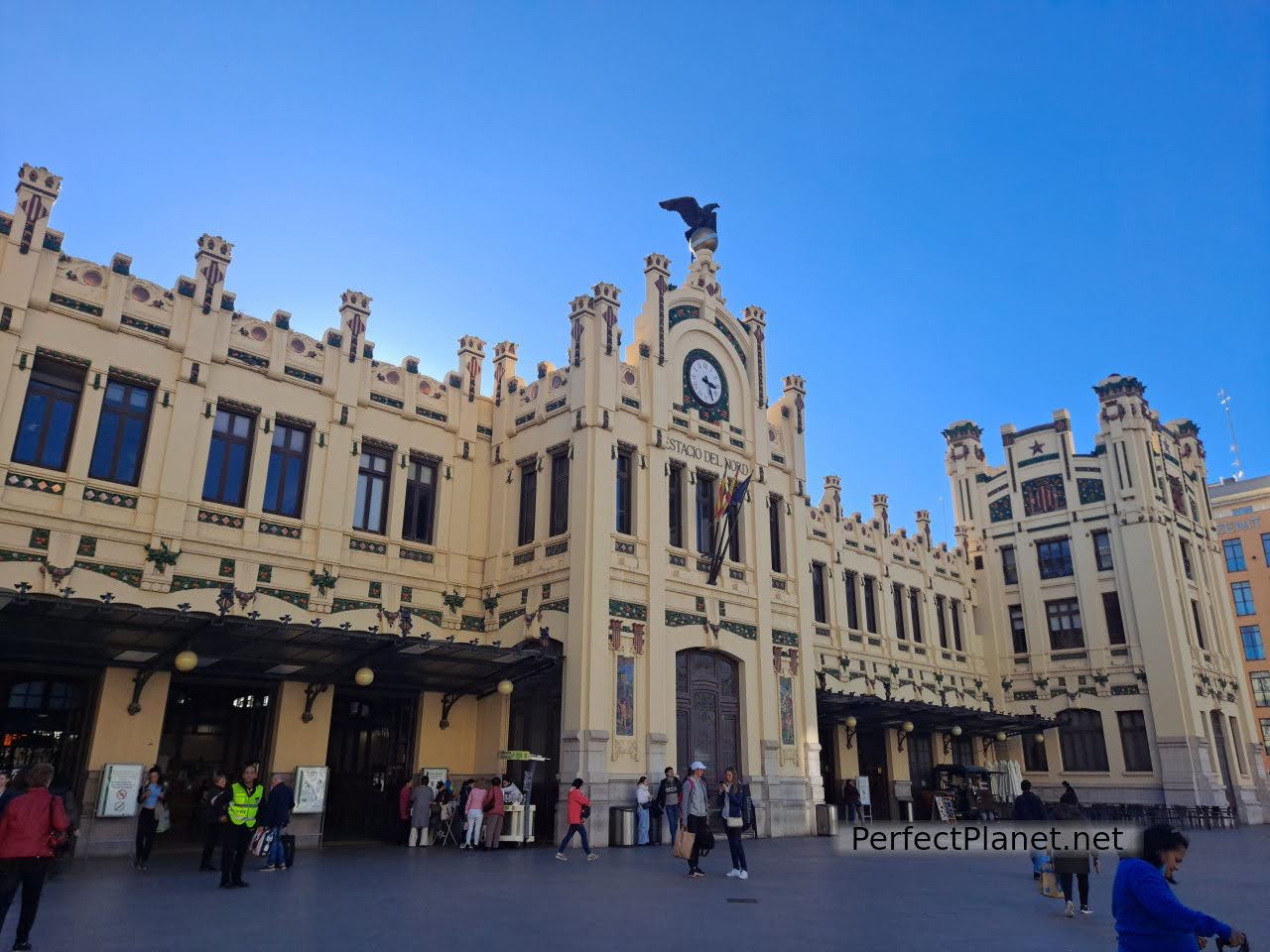
North Train Station
If you are passionate about Valencian modernism, there are many other buildings you can visit, such as the Bank of Spain, the Post Office building or the Noguera House, among others.
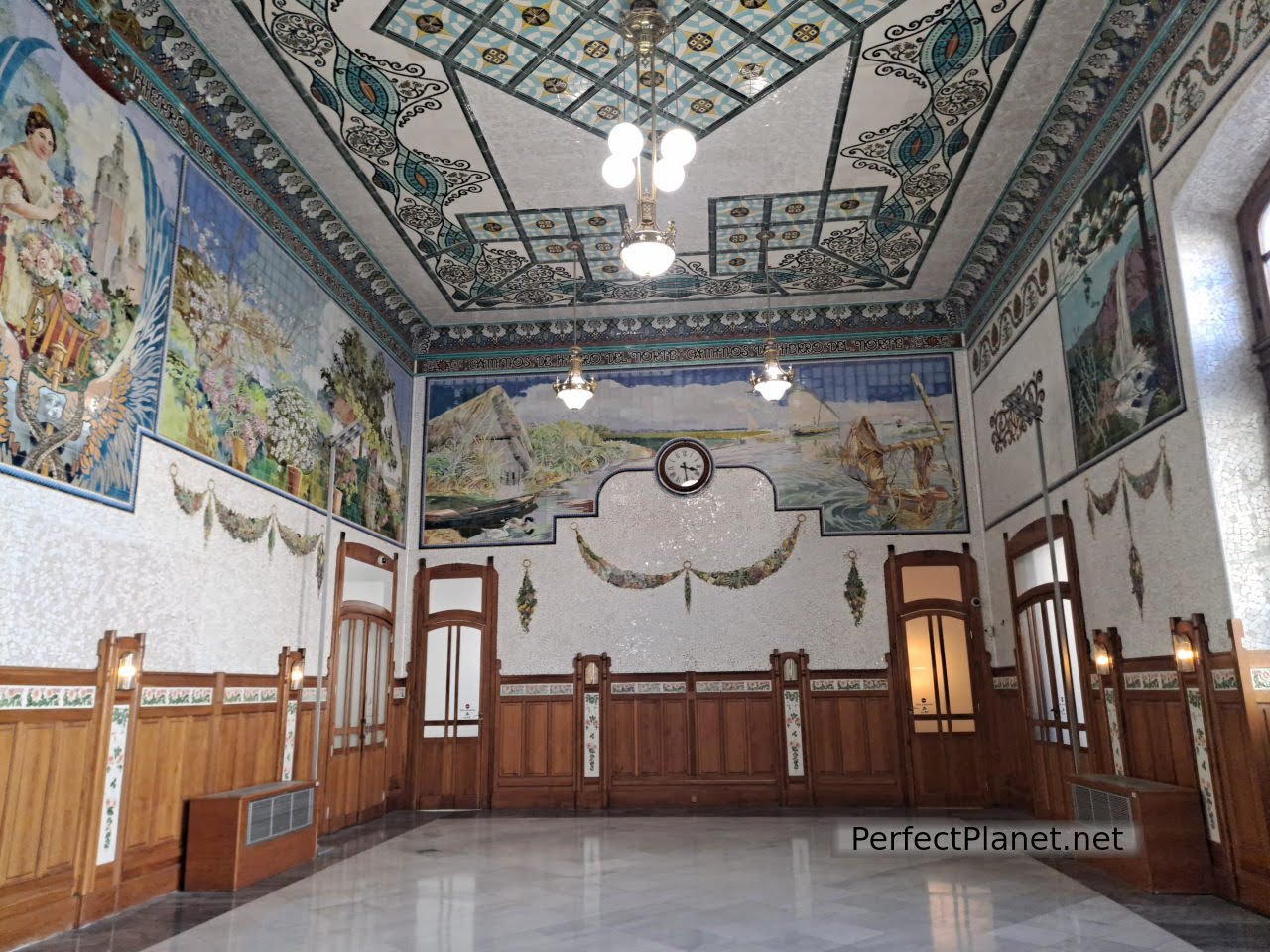
North Train Station
Carmen district
This central district of the city owes its name to an old convent located in the Plaza del Carmen, which is now used as a cultural space. You can visit the towers of Serrano and Quart, the old medieval gates of the city, the church of Carmen or the Botanical Garden among others, and you can also lose yourself in its streets and enjoy its gastronomic and leisure offer in a neighbourhood full of life even at night.
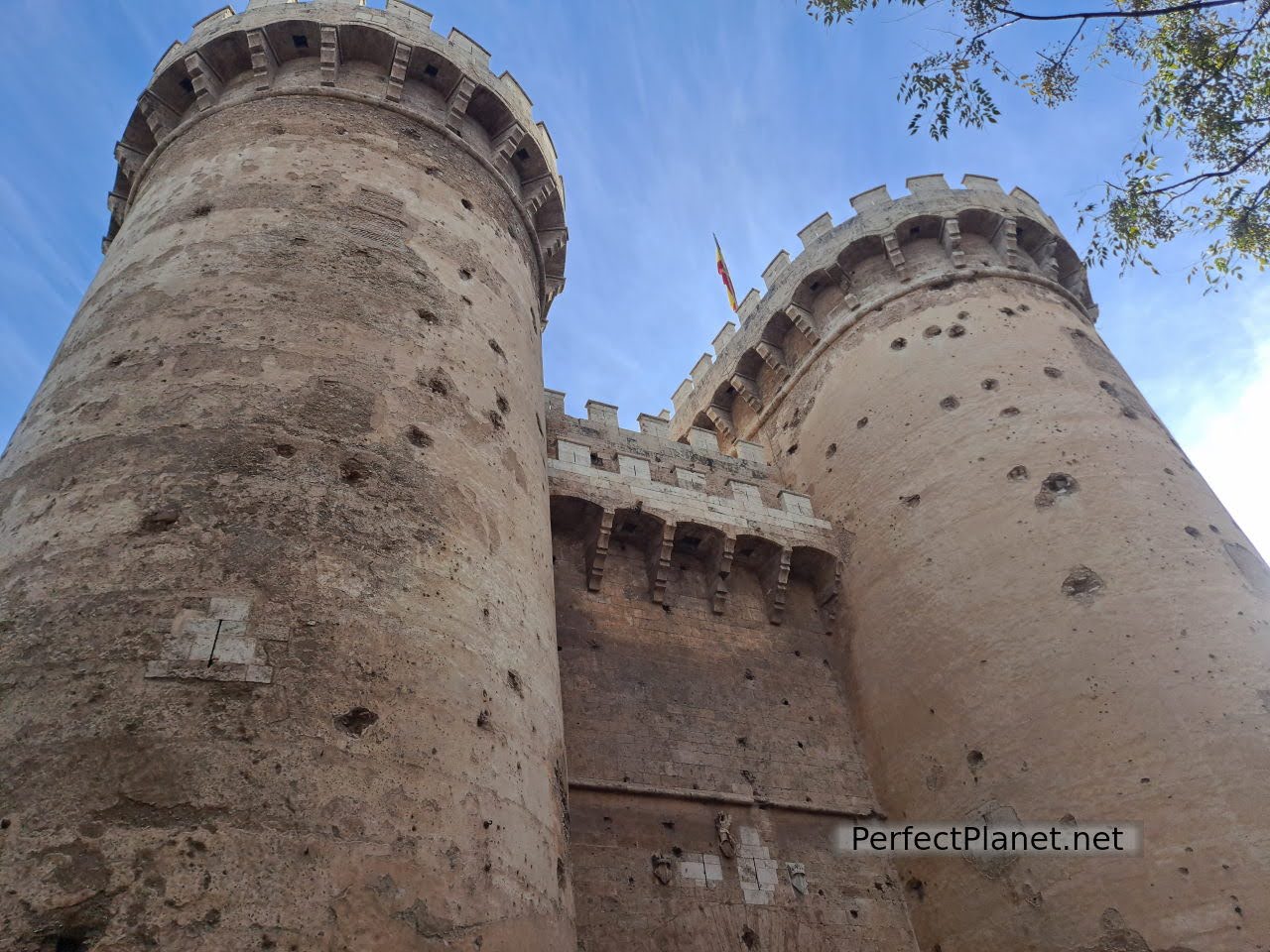
Serrano Towers
Day 2
Albufera
The Albufera Natural Park is an almost obligatory getaway if you visit the city of Valencia. Enjoying the wonderful sunsets and eating a good rice dish are two must-do's in this spectacular natural park.
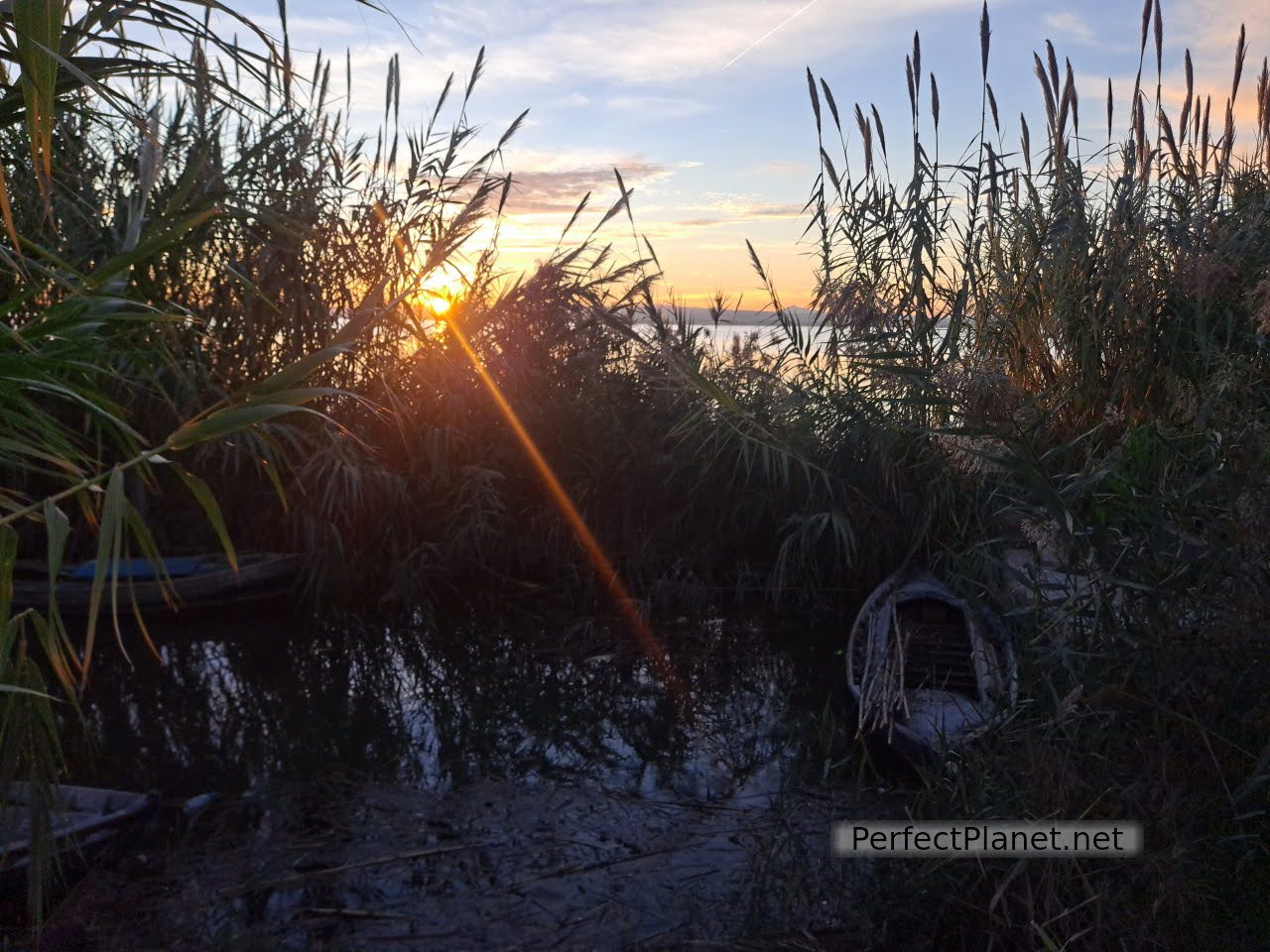
Albufera
Located just 10 km from the city it is accessible by public bus (line 25 connects the city centre with the Albufera in just over 30 minutes and costs 1.50€/trip) or if you prefer you can get there by bike as there is a bike lane available if you don't want to bring your own car.
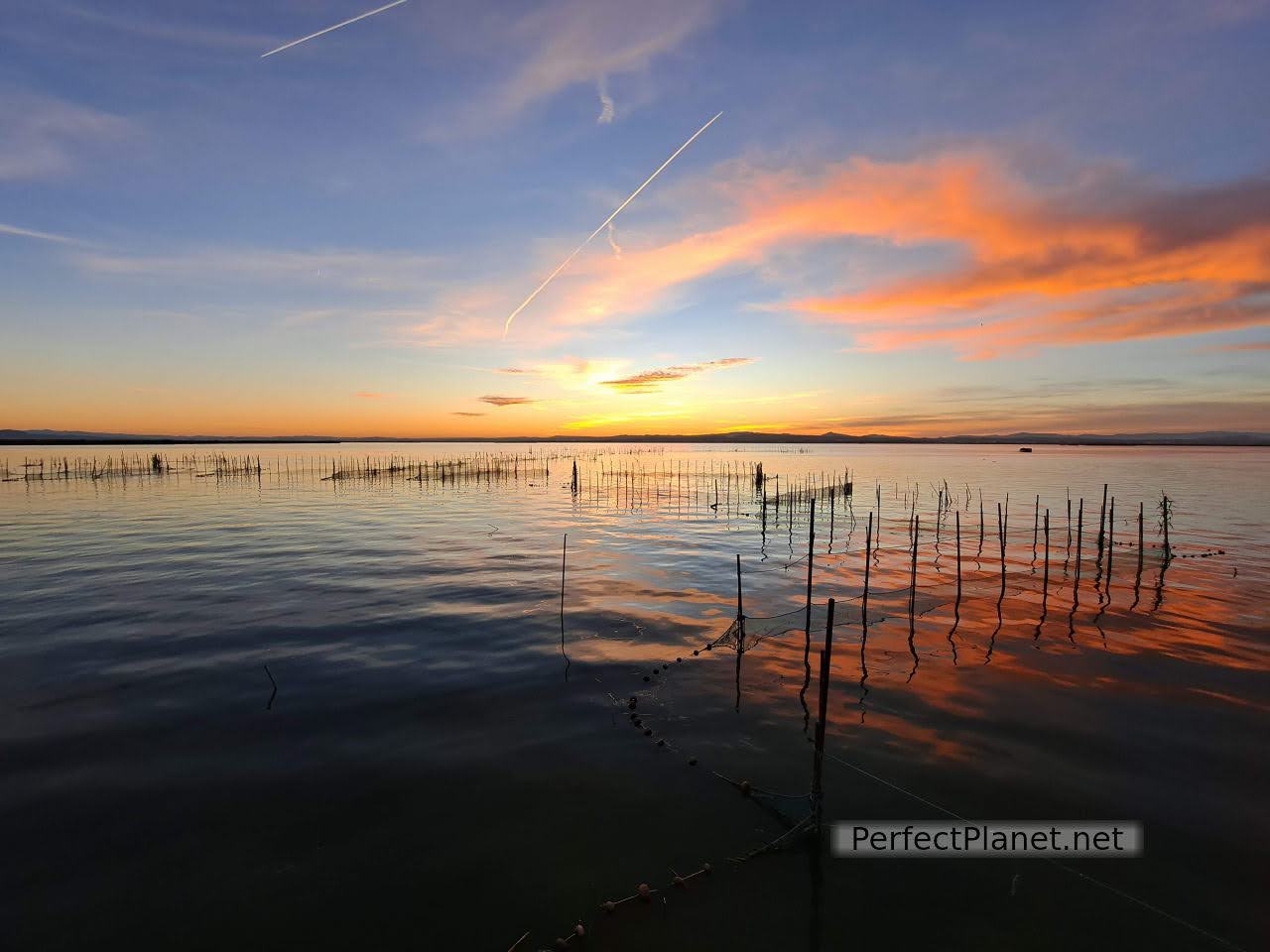
Albufera
A boat trip around the lagoon and enjoying the sunset from the public jetty are two of the things you must do in the Albufera. If you like birds, you have come to the best place for bird watching. Dozens of trails surround the lagoon where you can get lost and get away from the city. Visit this link for more info.
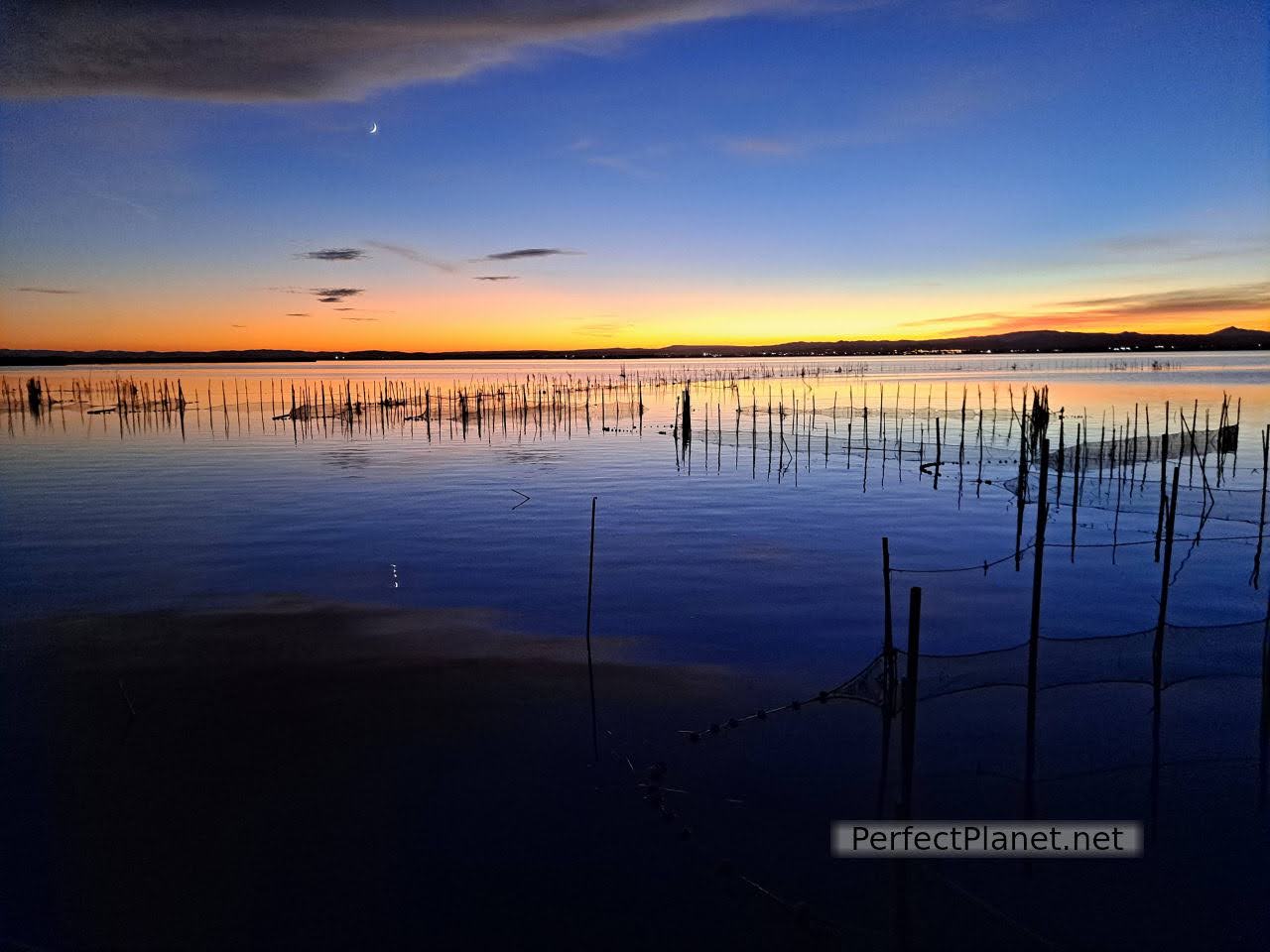
Albufera
To have agua de Valencia in Negrito square
The most famous drink in Valencia (apart from horchata) is Agua de Valencia. This combination of cava, orange juice, gin and vodka is a delight if you prepare it well and in the Plaza Negrito they serve it delicious and at a good price. You can have it in any of the bars in the square, a sure hit.
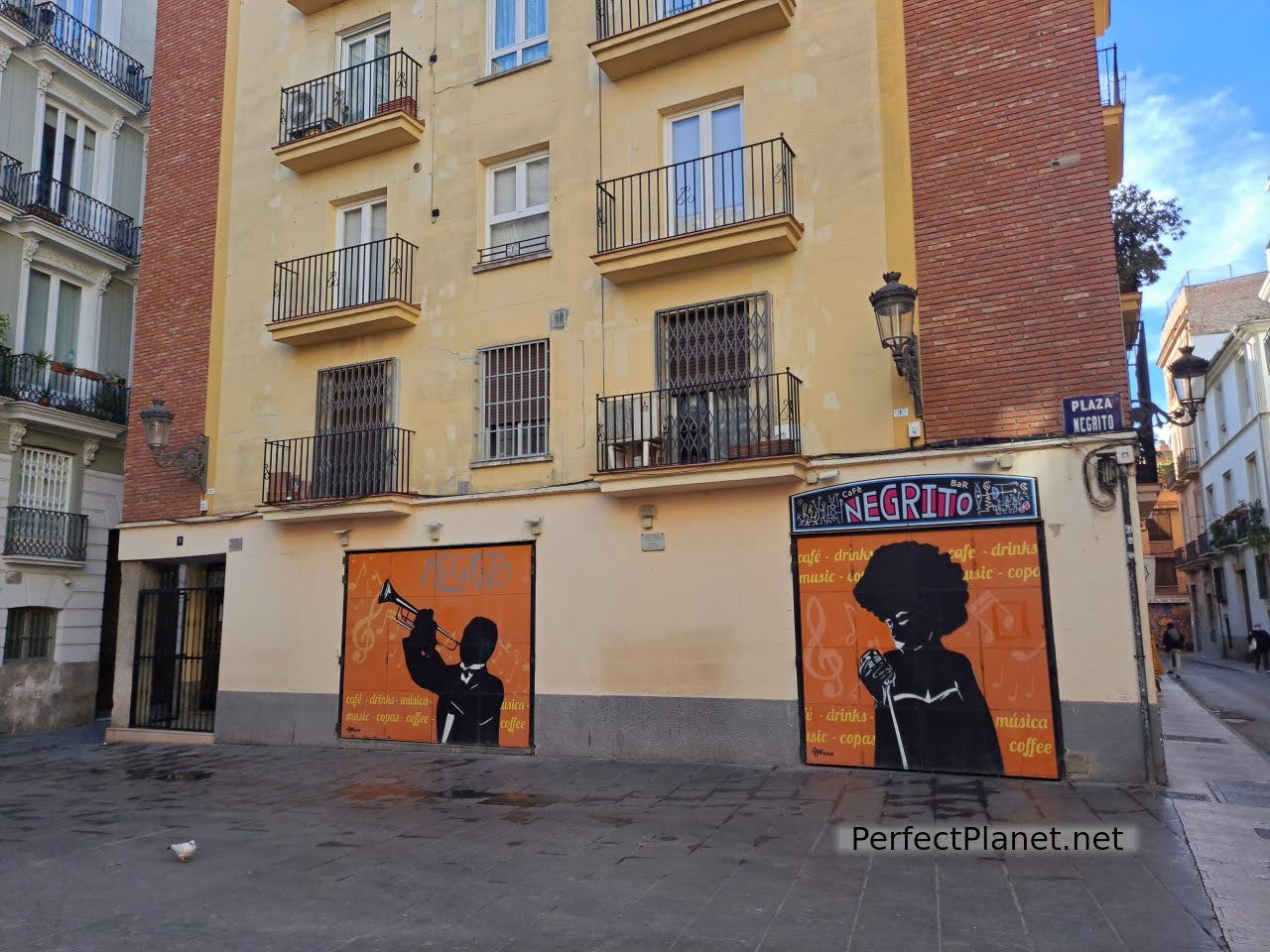
Negrito square
Ruzafa neighbourhood
It is the trendiest neighbourhood in Valencia, with a great atmosphere and a wide range of leisure and gastronomic options. Elegant buildings in a classic style very close to the centre. If you like markets, be sure to visit the Ruzafa fruit and vegetable market, open from Monday to Saturday from 8am to 3pm.
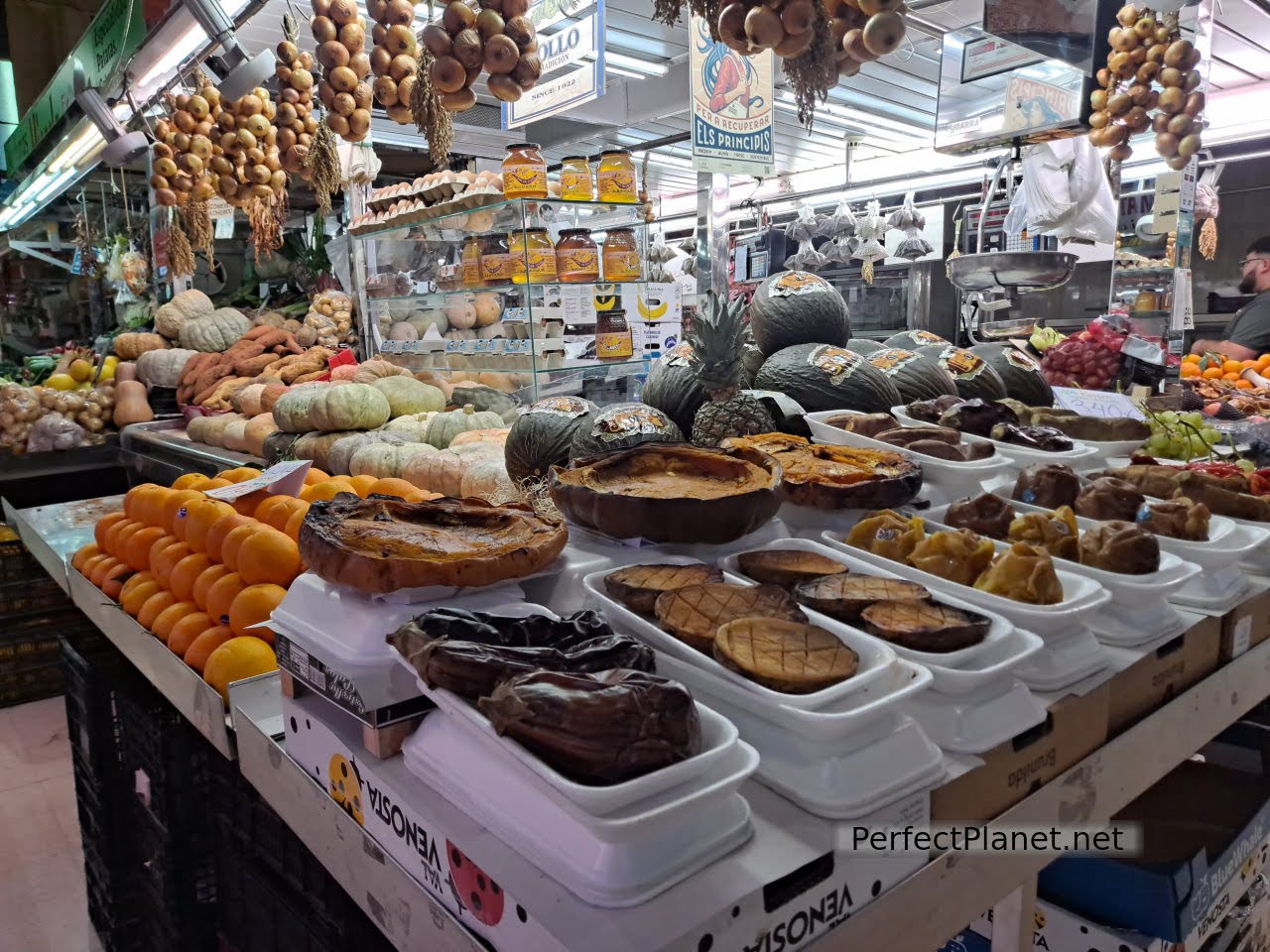
Ruzafa market
Valencia is an ideal city for cycling and here in Ruzafa you have several bike rental establishments from €8 to €12/day.
Visit where to eat in Valencia and we'll tell you all about Ruzafa and other areas.
Visita donde comer en Valencia y te contamos todo sobre Ruzafa y otras zonas.
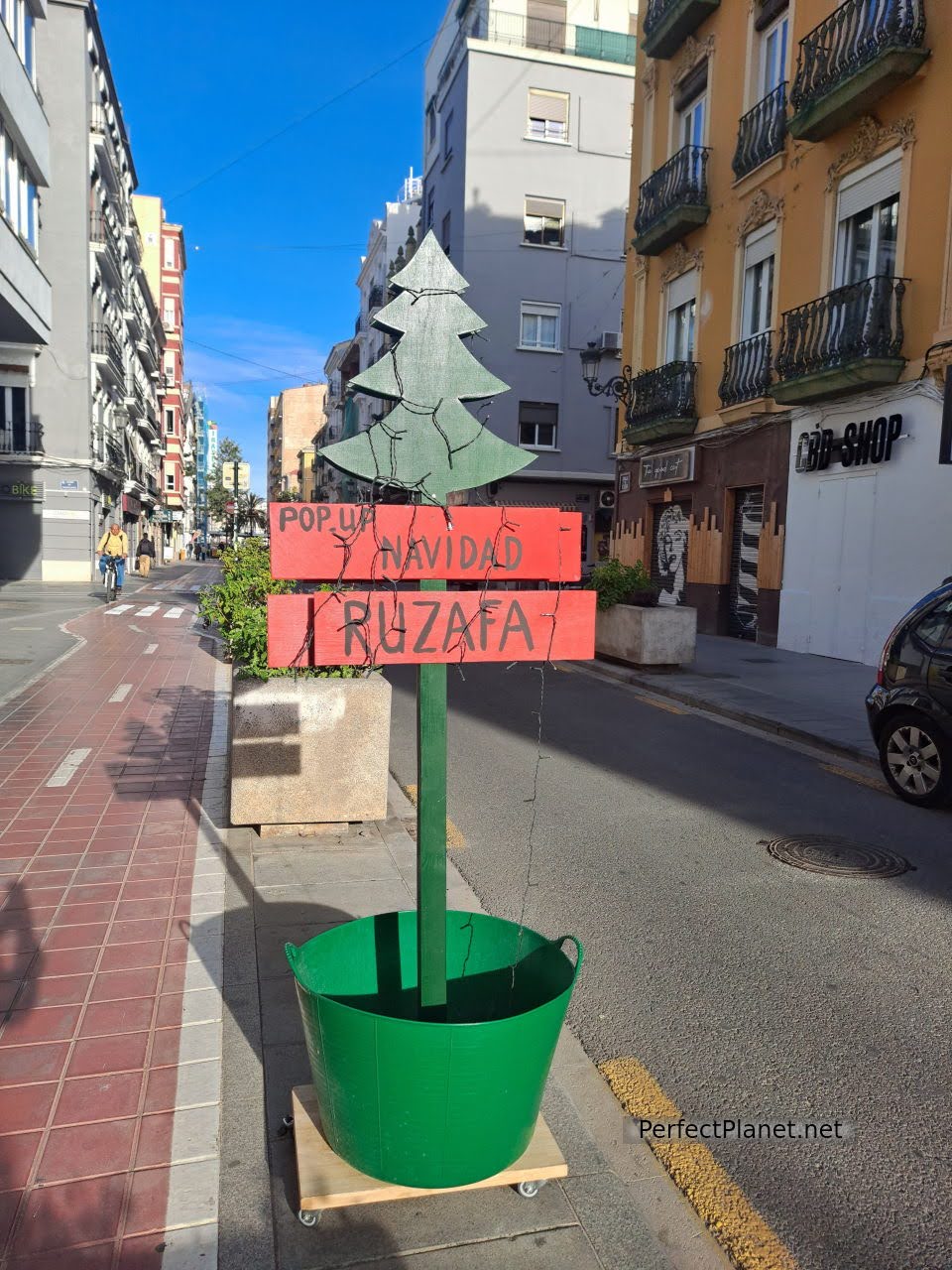
Ruzafa
Day 3
City of Arts and Sciences
This cultural complex designed by the Valencian architect Santiago Calatrava offers cultural and entertainment activities. It consists of several buildings such as the Hemisferic, a 3D digital cinema, the Science Museum, the Palau de las Artes, the Umbracle, a huge free-access garden, CaixaForum, the L'Assut D'or bridge and the Oceanográfico, dedicated to environmental research where you can see endangered animal species.
You can visit them separately, although you'll need at least a whole day to see them properly.
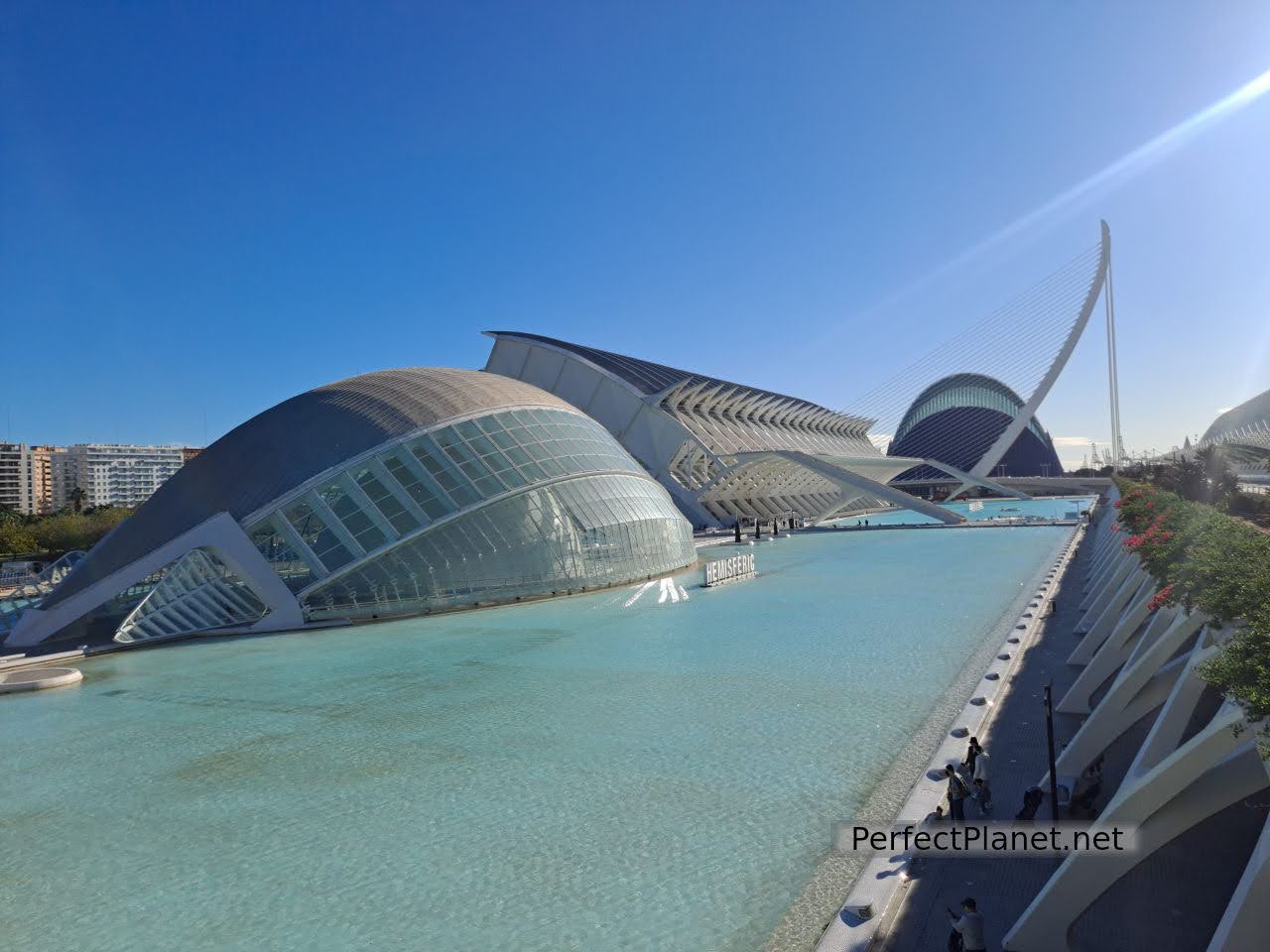
City of Arts and Sciences
We visited the Oceanografic (entrance 33.70€/pax) and although they carry out a very important work of study and research if you don't like zoos, with the exception of the shark area, you will be a little disappointed, as the facilities are not big enough for the animals. I insist that this is our opinion as we prefer to observe the animals in their natural environment but even so we recognise that the work that is done here is impressive.

City of Arts and Sciences
If you decide not to visit the inside of the buildings, a walk among them and getting to know the area is also worthwhile.
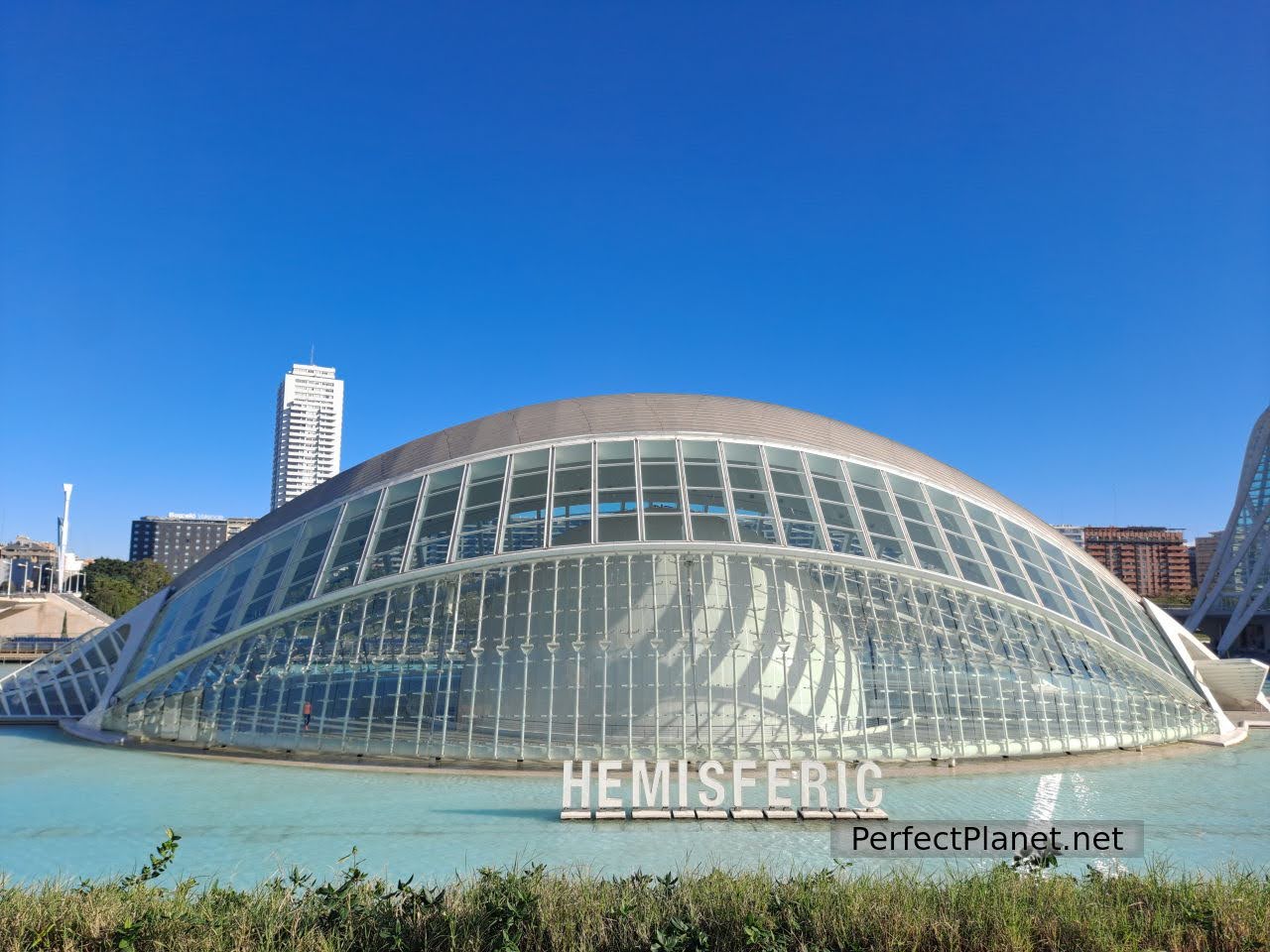
City of Arts and Sciences
A stroll along the Turia river
8 kilometres of green spaces and sports areas along the Turia riverbed where you can take a break from the hustle and bustle of the city. The little ones can enjoy Gulliver's Park with slides and ramps next to the Kingdom Bridge, famous for its gargoyles.
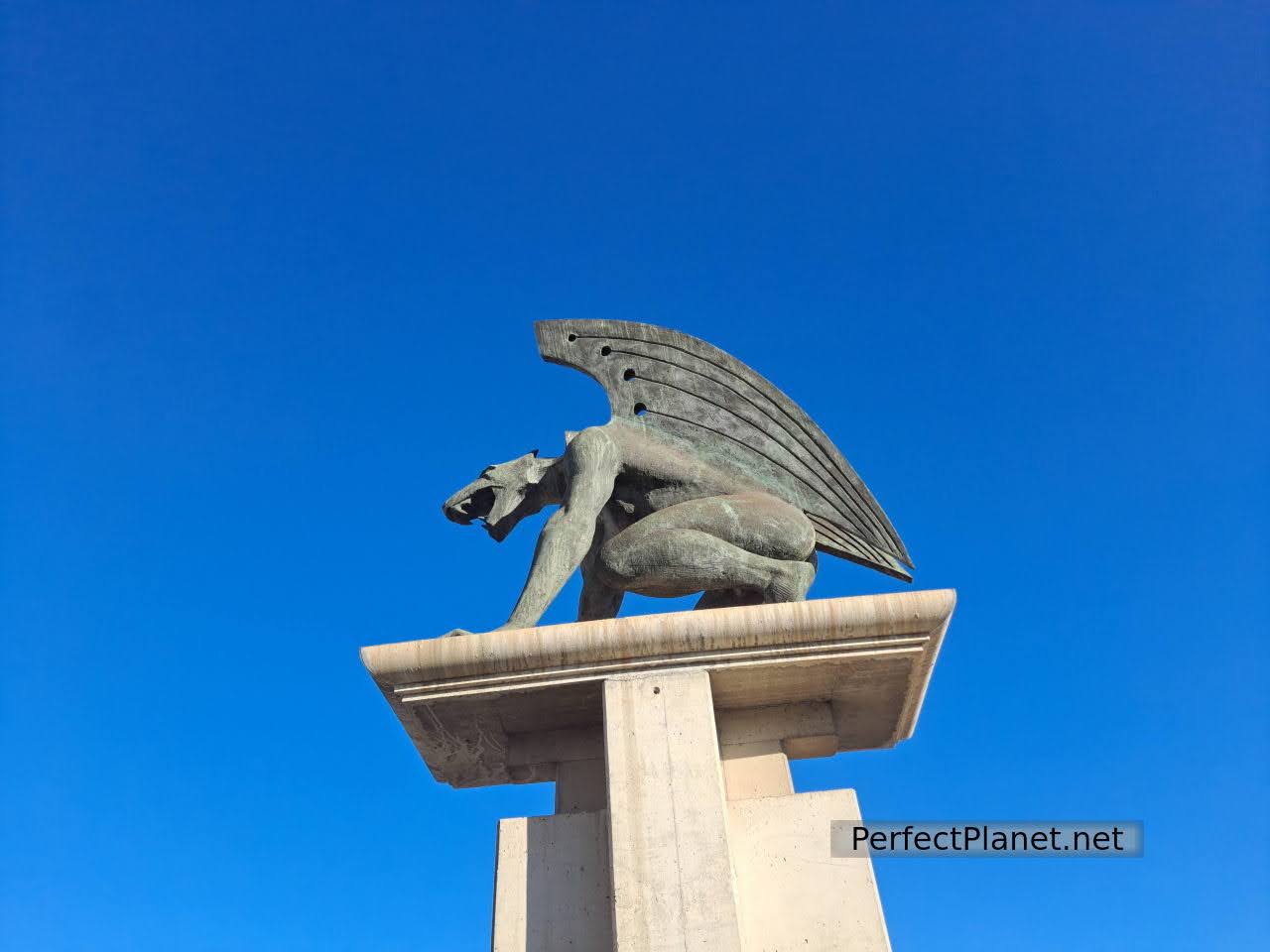
Gargoyles
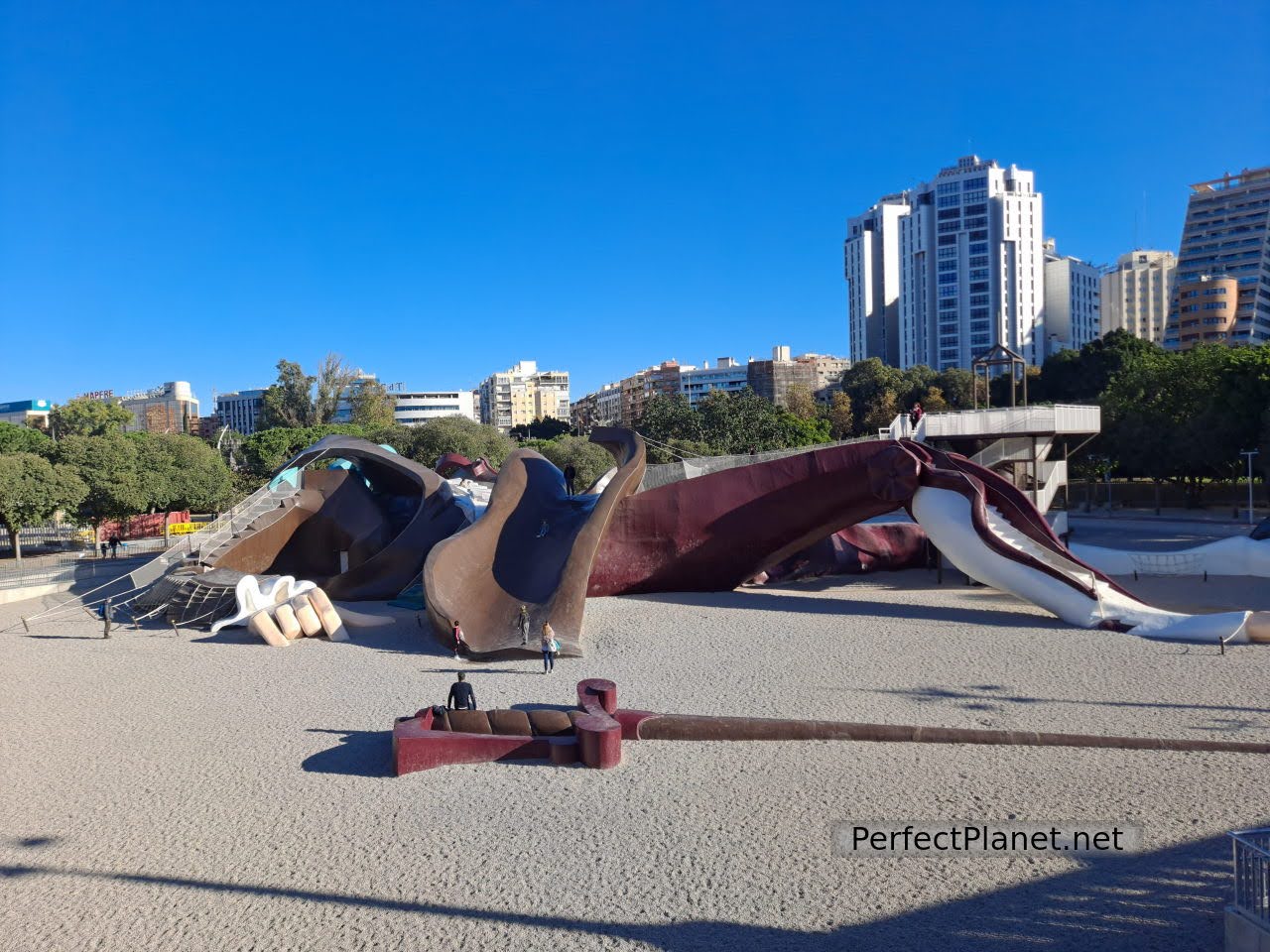
Gulliver Park
As well as sports courts and green spaces, music lovers can visit the Music Palace next to the Puente de las Flowers bridge.
Strolling along the Turia riverbed, you can visit the Museum of Fine Arts, which houses a permanent exhibition of Sorolla and other Valencian painters. Admission is free.
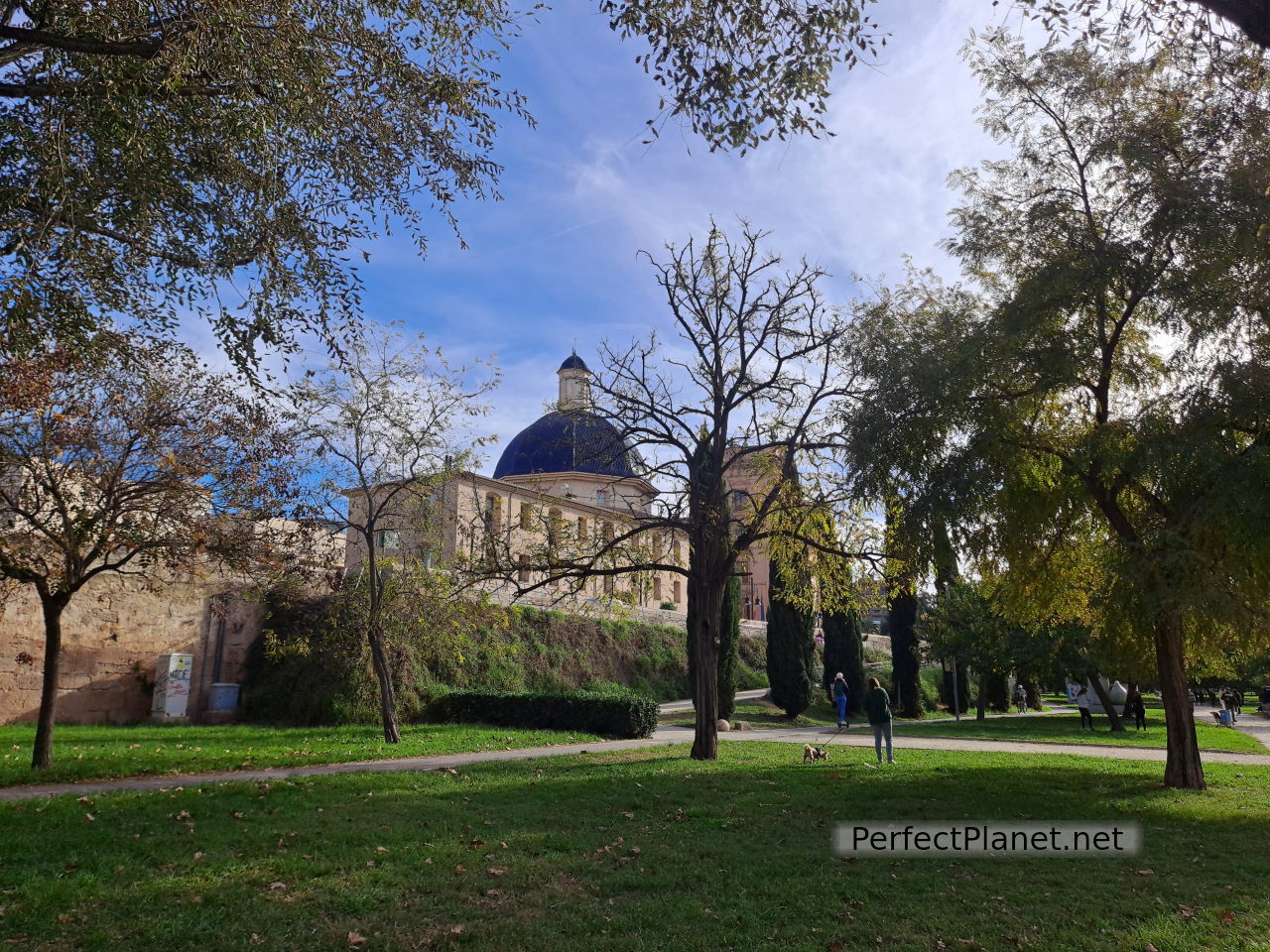
Museum of Fine Arts
Cabanyal neighbourhood
This traditional fishermen's neighbourhood still retains all its charm, tiled buildings, modernist and barracks coexist with more modern buildings. Located next to the Malvarrosa beach, here you can enjoy a lot of outdoor activities and charming places to eat, dine or have a drink.
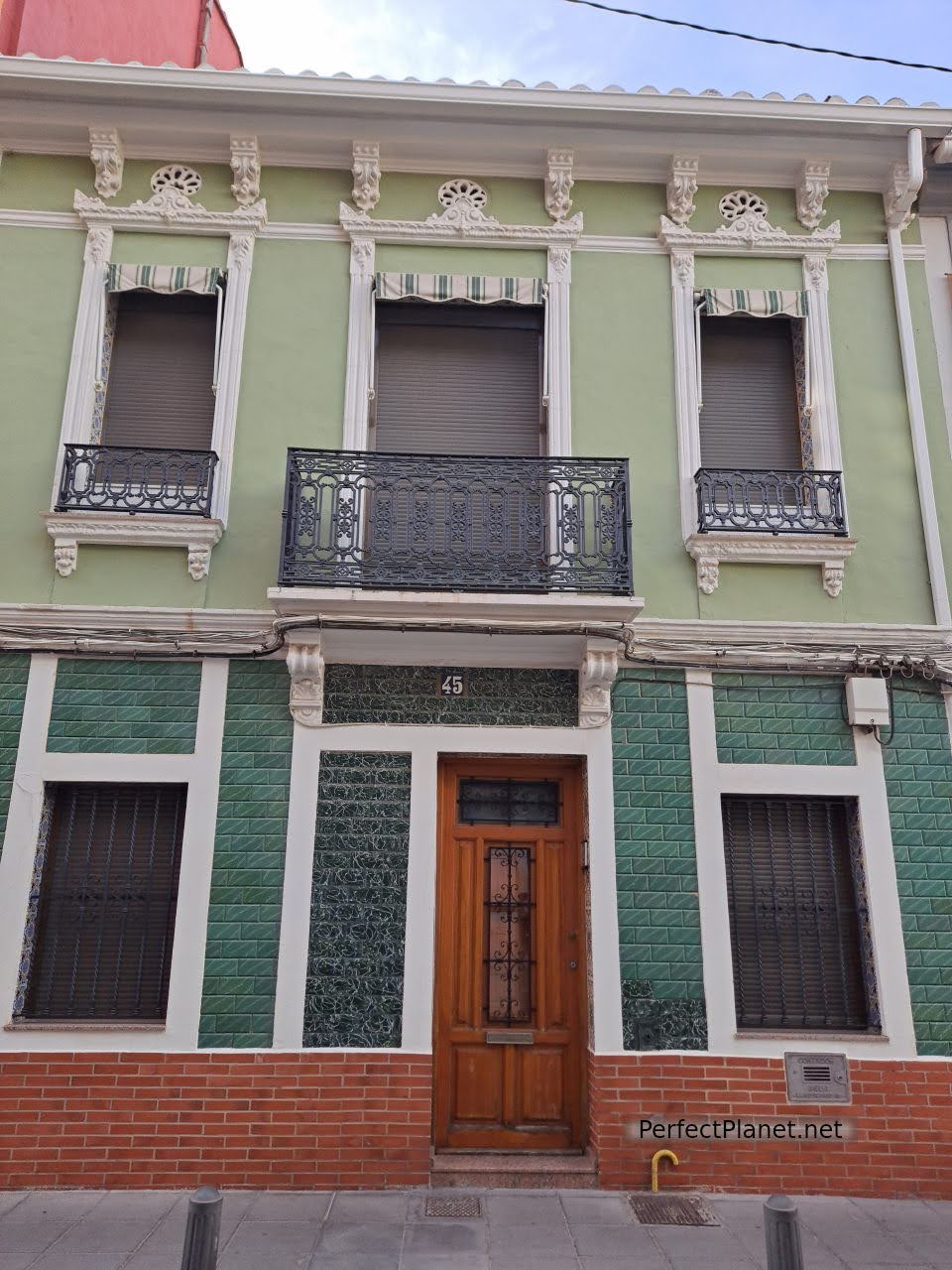
Cabanyal
We recommend Lapaca, with a fun décor and a great atmosphere where you can enjoy a spectacular homemade vermouth accompanied by a variety of tortillas, toast, hummus, salad and vegan tapas.
Fumiferrro Cabanyal Grill is another amazing option in the Cabanyal neighbourhood. The place is beautiful and has a cosy patio where you can enjoy good food outdoors. The grilled meats and fish are incredible and the desserts are delicious, we recommend the chocolate brownie and the cheesecake, both of which are brutal.
Visit where to eat in Valencia
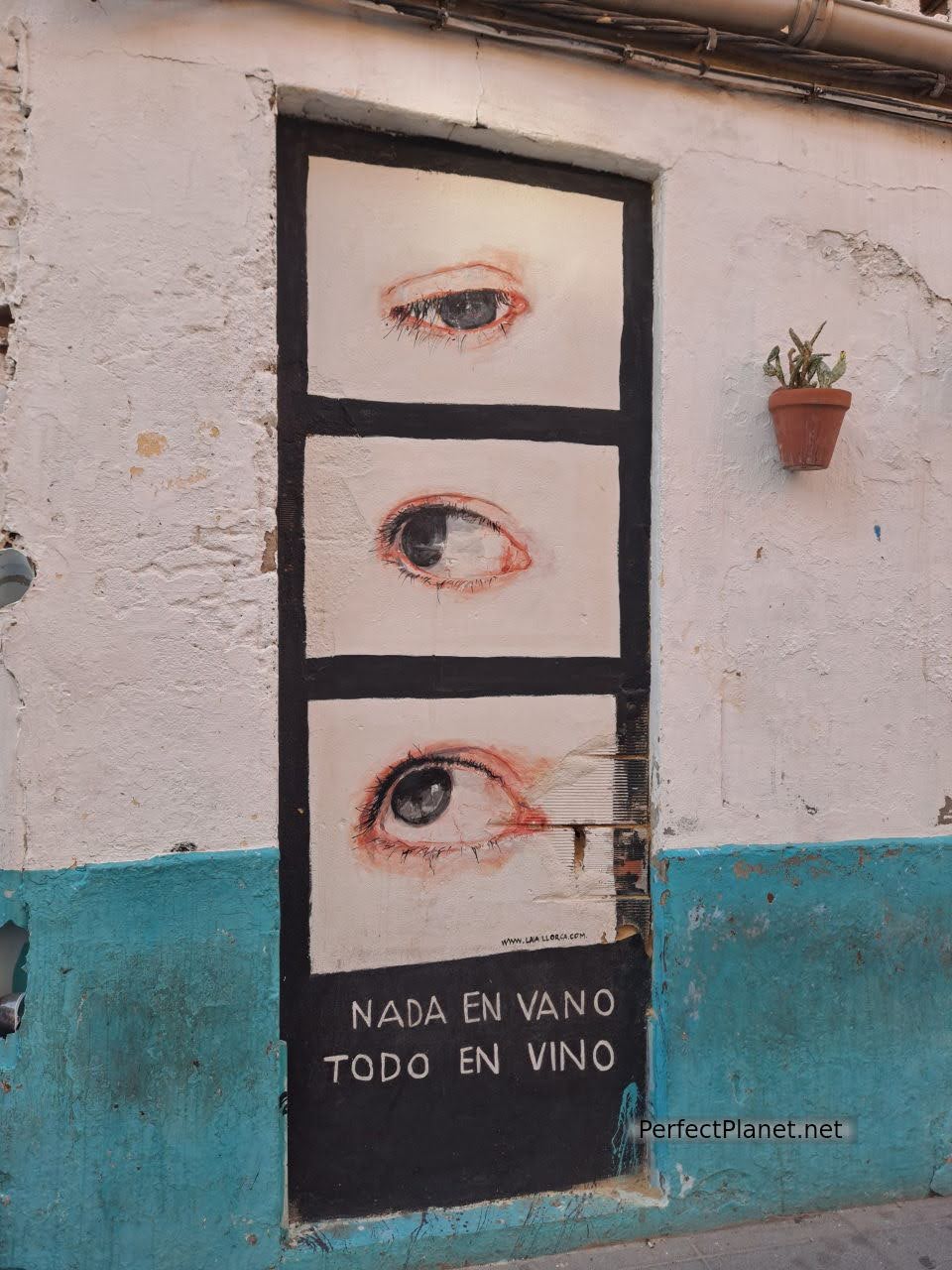
For a drink, the Ice Factory.
Next to the Cabanyal neighbourhood is the Malvarrosa beach, kilometres of golden sand where you can enjoy outdoor activities or just a day at the beach. To get there you can take tram 4 and 6.

Malvarrosa beach
Map
- Log in to post comments

